Samsung offers two top models with a 4K resolution when it comes to MiniLED technology. In this test, we took a closer look at the not so "fancy" QN95D and QN90D, which we can also find under the name QN92D. Samsung proudly calls its MiniLED televisions the NeoQLED series. Thanks to this technology, the TV offers excellent contrast and high brightness, making movie watching an experience reminiscent of true cinema. During everyday use, the Tizen system performed excellently. It is fast, intuitive, and allows seamless switching between applications. We also appreciated how well the TV handles lower quality materials – traditional TV or older films looked better than we expected, and the advanced image processing algorithms did their job. This is a TV that can really enhance the viewing experience of content that isn't always in high resolution. The solar remote was a pleasant surprise for us. Although minimalist and with a small number of buttons, it turned out to be very practical – it allowed us to control not just the TV, but also other devices, like the decoder (Canal+) or soundbar. This meant we could reduce the number of remotes on the table, which immediately improved usability. Plus, solar charging – a simple idea that eliminates the need for battery replacements and aligns with eco-friendly trends. As for the picture in different conditions, the TV performs well in both bright and dark rooms. The high brightness and numerous dimming zones handle most content, although sometimes in contrasting scenes a halo effect is noticeable. The colours, however, are vibrant and natural, and the QLED coating gives them intensity. For even better results, we decided on calibration – after which the picture looked even more detailed and natural, which only confirmed our belief that QN92/QN90 is an excellent choice. And what about motion on the screen? It is absolutely fluid. The 144 Hz panel does an excellent job with dynamic scenes – fast actions, sports, games – everything looks natural and without blurring. We particularly appreciated the Auto Motion Plus Game feature, which makes games running at 30 frames look smoother, resembling 45 frames, and at 60 Hz, motion becomes even more natural, as if operating at 90 Hz. For gamers, this is a huge plus, especially since low input lag and features like the game bar further enhance the gaming experience. This is a TV that performs well in any situation – from evening screenings to gaming marathons. QN92D is a practical, well-designed TV that offers a picture quality that's really hard to ignore. An ideal choice for those looking for something more than just a regular screen for everyday content.
- Matching (Score)
- Our verdict
- TV appearance
- Where to buy
- Contrast and black detail
- HDR effect quality
- Factory color reproduction
- Color reproduction after calibration
- Smoothness of tonal transitions
- Image scaling and smoothness of tonal transitions
- Blur and motion smoothness
- Console compatibility and gaming features
- Input lag
- Compatibility with PC
- Viewing angles
- TV efficiency during daytime
- Details about the matrix
- TV features
- Apps
- Playing files from USB
- Sound
Samsung Neo QLED QN90D / QN92D vs Samsung QN90F / QN92F
Direct compare
Neo QLED / QN92D / QN90D

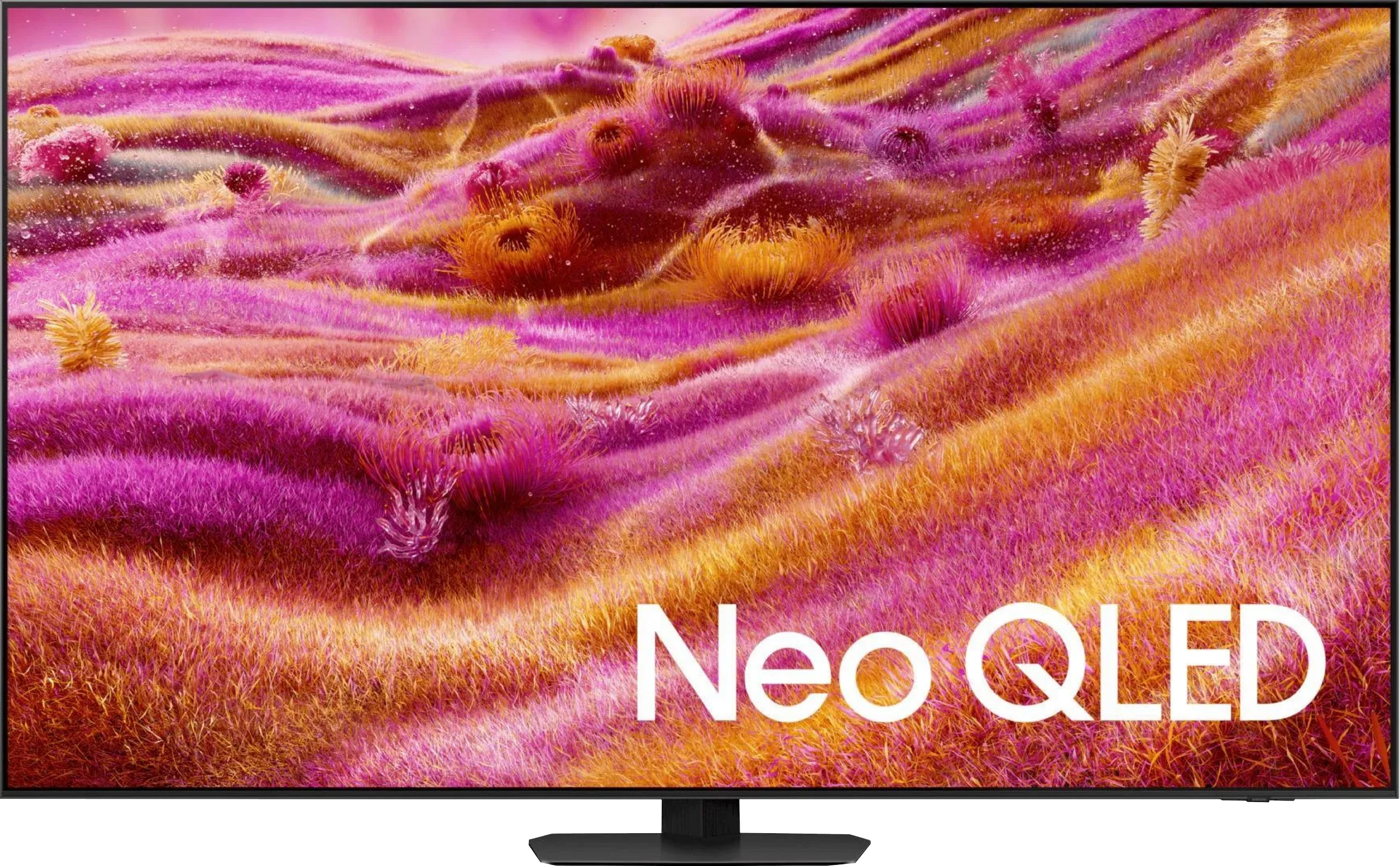
Panel type: LCD VA (wide viewing angle)
Resolution: 3840x2160
System: Tizen
Model year: 2024
Complete the survey to find out the result

Panel type: LCD VA
Resolution: 3840x2160
System: Tizen
Model year: 2025
Complete the survey to find out the result

Overall rating
7.8
7.8
Movies and series in UHD quality
7.9
7.8
Classic TV, YouTube
7.9
7.6
Sports broadcasts (TV and apps)
7.7
7.2
Gaming on console
9.1
8.8
TV as a computer monitor
8.6
8.8
Watching in bright light
6.4
7.2
Utility functions
7.4
7.7
Apps
8.7
8.7
Sound quality
6.9
7.8
Complete the survey to find out what fits your preferences
Advantages
High brightness
Good contrast
Intuitive Tizen operating system
Great for gamers and sports fans (HDMI 2.1, 144Hz, low input lag)
Wide viewing angles - unusual for VA panels
Very good contrast and black levels
Amazing HDR brightness in films
Very good TV performance during the day thanks to the matte panel and high brightness
High motion fluidity – up to 165 Hz in PC mode
Low input lag
Plenty of features for gamers, including the proprietary gaming smoother Game Motion Plus
High susceptibility to picture calibration
Smooth Tizen operating system with smart home (IoT) features
Pleasant sound with noticeable bass despite the slim design
Modern design
Disadvantages
No recording function
No support for DTS format - may be problematic for those using Blu-ray
Worse viewing angles compared to its predecessor QN90D.
No DTS sound for Blu-ray home cinemas.
No HGiG feature*
*We hope this issue will be resolved quickly. We are monitoring the situation closely.
Our verdict
Samsung QN90F is a television that demonstrates how maturely miniLED technology can be developed in many respects. We have excellent contrast and black levels, very high HDR brightness that works well for both movies and games, and a matte screen that makes a significant difference in everyday use. It is precisely this feature that makes the QN90F one of the best TVs for watching in sunny living rooms – reflections and glare practically disappear, and the picture remains clear and readable. Gamers, on the other hand, are provided with all the essential features, very low input lag, and a unique Game Motion Plus mode, which continues to be Samsung’s strong advantage over the competition. In addition, there is a fast Tizen system, high-level smart functions, and quite pleasant sound that can be enhanced with a soundbar as part of Q-Symphony. However, it wasn’t without compromises. Samsung decided to forego a wide-viewing angle coating – and while the matte screen performs excellently during the day, a noticeable drop in brightness and colour intensity can be seen at wider angles. It’s also a shame that with software updates, HGiG support has disappeared, which could be a significant downside for demanding gamers. Despite these comments, the QN90F remains one of the best, if not the best, 4K miniLED TVs you can currently buy. It’s a model that combines excellent picture parameters, high functionality, and modern design, while also being exceptionally practical for everyday use. If someone is looking for a TV for a bright living room that can handle movies, sports, and games alike – it’s hard to find a better choice today.
TV appearance





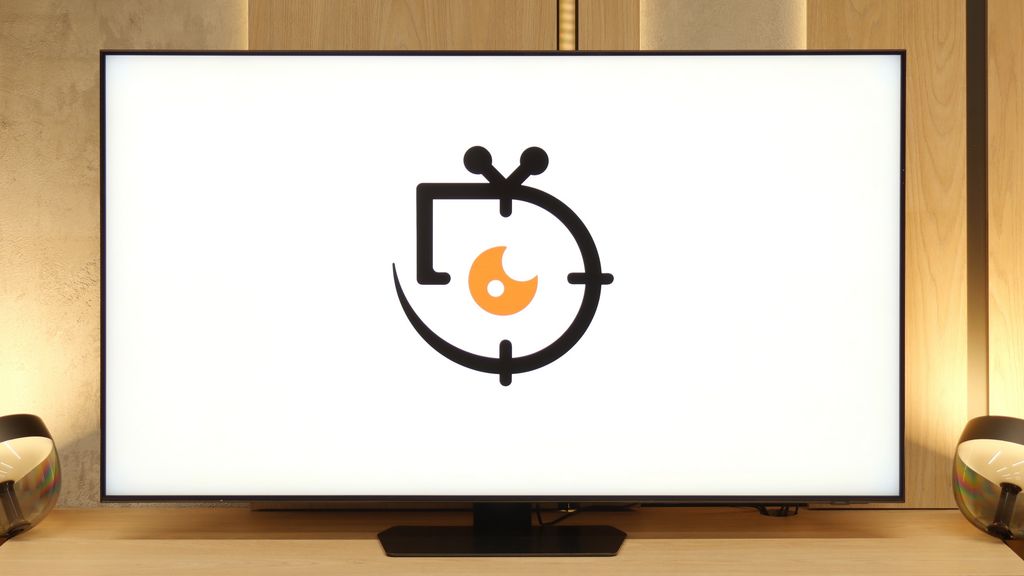
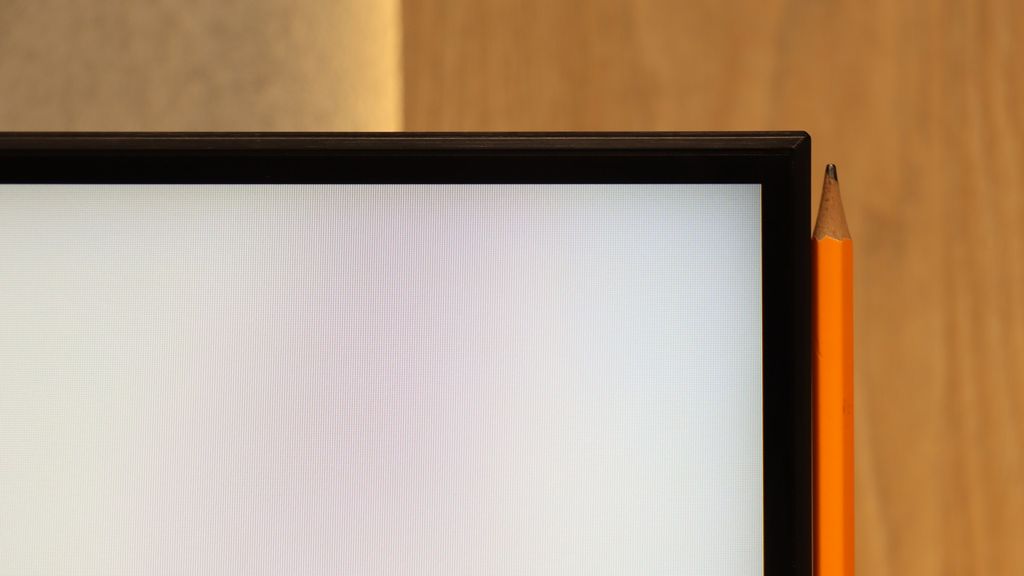
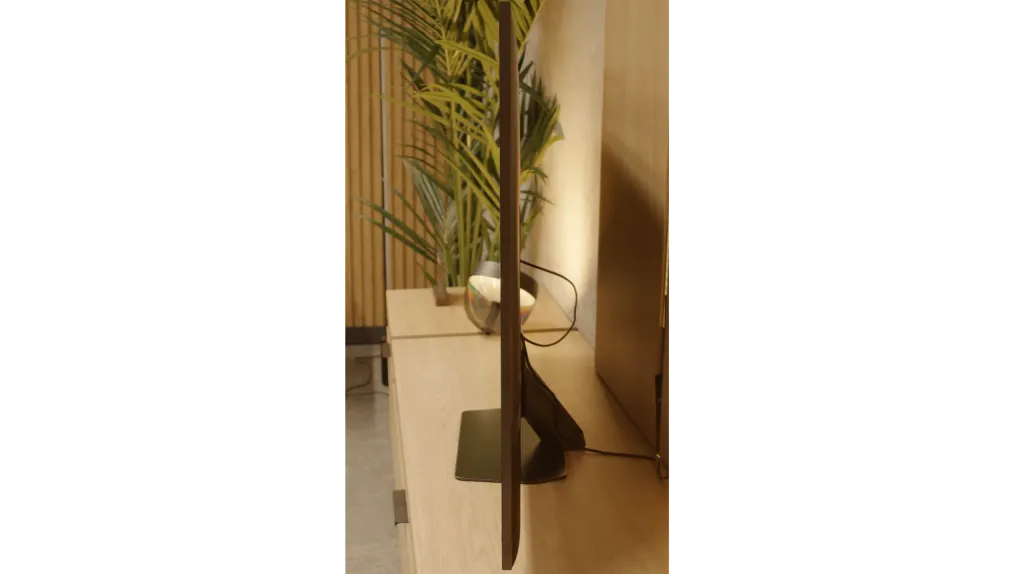
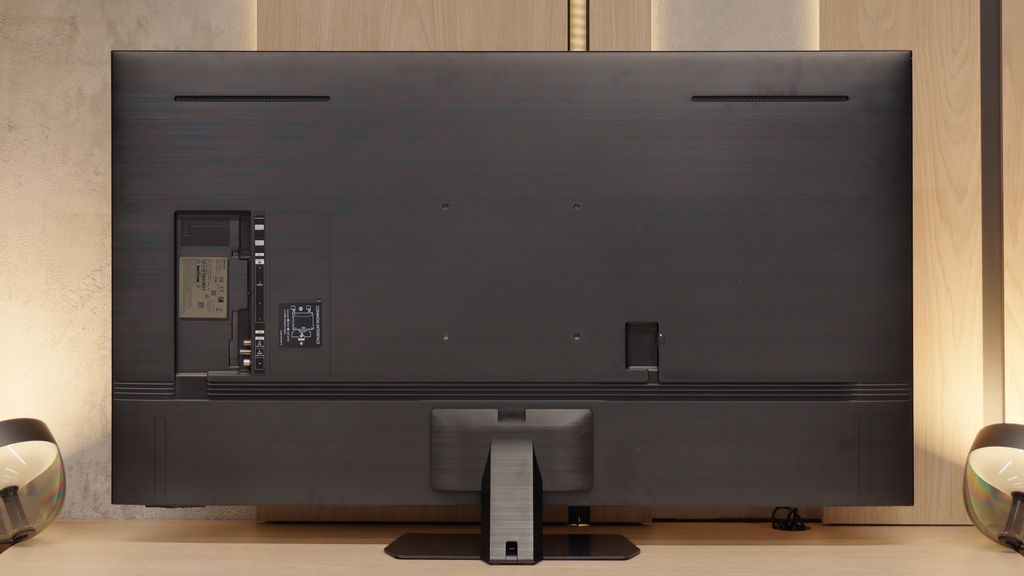
Contrast and black detail
7.9/10
8/10
Local dimming function: Yes, number of zones: 504 (36 x 14)
Local dimming function: Yes, number of zones: 504 (14 x 36)
Contrast:

Result
∞:1

Result
69,000:1

Result
∞:1

Result
5,500:1

Result
2,700:1

Result
1,530,000:1

Result
62,450:1

Result
186,400:1

Result
7,400:1

Result
4,500:1
Halo effect and black detail visibility:

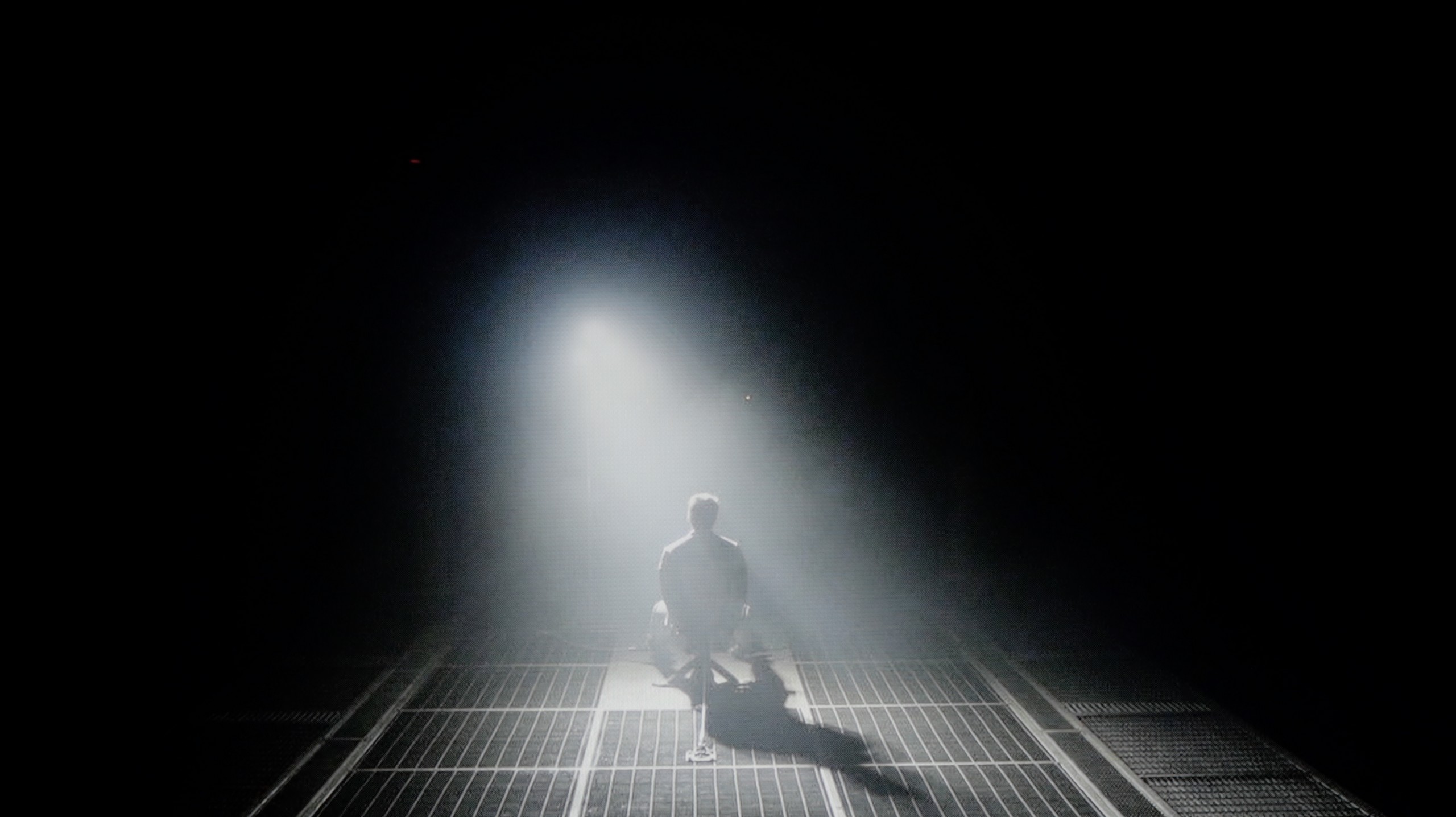
Samsung QN92D is one of the top models of NeoQLED 4K (mini LED) from the Korean manufacturer for 2024. Although it does not offer as many dimming zones as its more refined sibling Samsung QN92D, the number of 504 dimming zones in the 55-inch version is still impressive. The VA panel works well with this solution, providing excellent results in terms of contrast. The contrast in Samsung QN92D is outstanding for a non-OLED television. Even in difficult scenes, like those from the movies "Oblivion" or "Arrival," the contrast is nearly infinite and can compete with the best televisions in the OLED segment, which is quite unusual among LED-lit televisions. However, mini LED diodes have their limitations compared to organic panels, which can lead to some issues. For example, on the last test screen from Pioneer, the television has significant difficulties. This may be due to a very aggressive dimming algorithm, which sometimes causes the mini LED diodes to struggle with what to do – whether to illuminate certain elements or maintain the blacks. Despite these drawbacks, Samsung QN92D is one of the best LCD televisions in terms of contrast and blacks.
If you compare the contrast results of this year’s QN90F with last year’s QN90D, it quickly becomes clear that the differences are minimal. In the best movie scenes, the contrast can reach values well over six digits, and sometimes even seven digits, which can be confidently regarded as results almost infinite. And indeed – in typical cinematic shots, the effect closely resembles that known from OLED televisions. Samsung deserves commendation because, despite the relatively "modest" number of dimming zones – 504 in the 55-inch variant (modest compared to Chinese competitors like Hisense U8Q or TCL C8K/C9K) – it has managed to refine the local dimming algorithms. This is particularly evident in the most challenging scenes, where compared to last year's model, the precision of dimming has nearly doubled. Of course, we still don’t have perfectly separated bright objects from black, and we can’t speak of a lack of halo effects (subtle glows around small bright objects) known from MINI-LED televisions, so QN90F still doesn’t win against OLEDs. But it is definitely approaching them in a more mature and refined way than the year before.
HDR effect quality
6.7/10
7.4/10
Luminance measurements in HDR:

Result
1947 nit

Result
617 nit

Result
738 nit

Result
271 nit

Result
1479 nit

Result
1638 nit

Result
763 nit

Result
1119 nit

Result
562 nit

Result
1947 nit
Scene from the movie “Pan” (about 2800 nits)


Scene from the movie “Billy Lynn” (about 1100 nits)


Static HDR10


Dynamic: HDR10+
Dynamic: HDR10+


HDR luminance chart:
Samsung QN90F / QN92F
HDR luminance
Samsung Neo QLED QN90D / QN92D
HDR luminance
During synthetic tests, Samsung QN92D showed its incredible capabilities in terms of brightness. The charts clearly indicate that the television can achieve an impressive 2000 nits, giving it a solid power base to compete with the best models on the market. Such a result places it at the forefront, especially in the context of displaying HDR content, where brightness plays a key role. However, what happens when we move the tests to real film scenes? In favourable conditions, such as the first scene from the movie Life of Pi or the last scene, where the image is completely flooded with light, Samsung QN92D can achieve almost laboratory results, impressing with its brightness. The situation looks different when small, bright objects appear on a dark background, as in the fourth scene from the movie Sicario. In such cases, the television doesn't perform as well – brightness drops several times, and maximum values in the best conditions are around 600 NITS. Similar to contrast, these limitations arise from the use of an aggressive local dimming algorithm. This algorithm aims to reduce the 'halo' effect around bright objects on a dark background, but often at the expense of overall brightness. As a result, while the television performs well in bright scenes, its ability to display full brightness is limited when it comes to small, vivid elements.
Samsung QN90F can really shine with brightness. In our measurements, it reached even over 2200 nits, which directly translates to the viewing experience. In practice, this means that when a very bright scene appears in a film – for example, a sunrise in The Meg – the screen looks as if natural light is actually shining on us. This isn't just a number from a table, but a real sense of image intensity! However, the TV can't always deliver its full power. With smaller details, such as spotlights or lamps, brightness drops to 500–700 nits. This is a deliberate decision by the algorithms – by doing this, the contrast between large and small elements is better controlled, and the image doesn't lose balance. Importantly, this is still a huge improvement compared to last year's QN90D, where similar details were almost invisible, shining at just 200 nits. Here, the HDR effect is much more cohesive and credible. The only downside is the colours. The coverage of the DCI-P3 spectrum has plateaued at 91%, which can be considered a rather average result in this price range.
Factory color reproduction
6.1/10
5/10


Factory Mode
After calibration
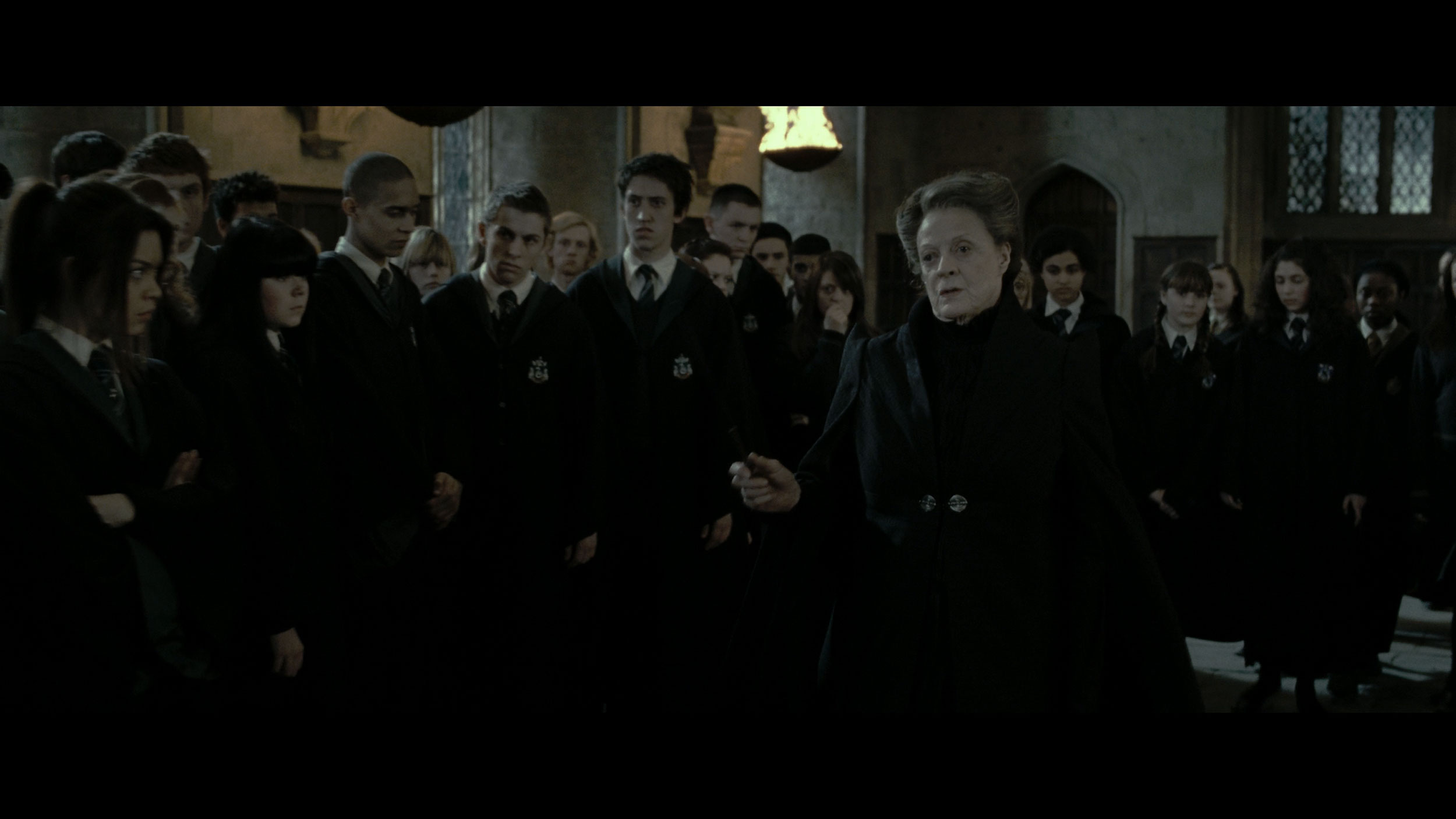
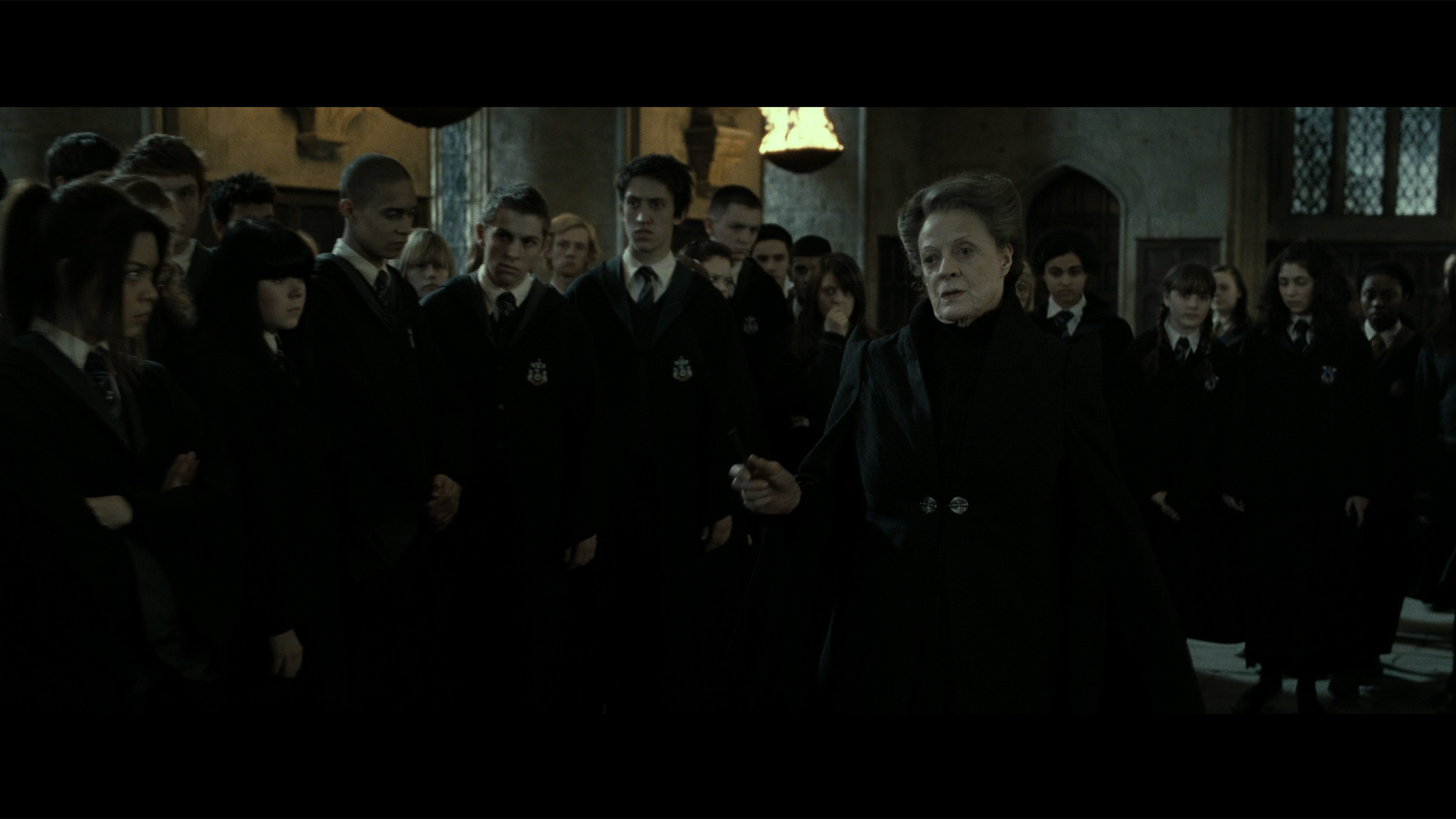
Factory Mode
After calibration
The best mode that reproduces colours best on the Samsung QN92D has consistently been the Filmmaker mode for years. While it generally offers decent colour quality, it is not free from significant issues. Let's start with the analysis of HD/SDR image quality. The biggest challenge here is the white balance – the graphs show considerable instability, with a clear dominance of red making the image too warm. This distortion causes hues to be unnaturally shifted towards warmer tones, which can negatively affect the perception of materials with natural colours. Contrast, based on the gamma chart, although not the worst, remains far from ideal, impacting the overall image quality, especially in darker scenes.
This issue also persists with 4K materials, such as series or films of higher quality. In this case, the white balance also turns out to be faulty, with noticeable deficiencies in blue and red colour, leading to tonal shifts. Tests using the Colour Checker tool confirm these problems – all colours tend to skew towards yellow shades, further distorting the natural appearance of the image. Although the Filmmaker mode is one of the best available modes for watching cinematic content, it still requires improvements, especially in terms of colour accuracy and white balance.
The colour reproduction in the QN90F was tested in Filmmaker mode and, as is usually the case with Samsung TVs, this mode proves to be the best starting point straight out of the box. However, this does not mean that we are dealing with an image free of flaws. The white balance in SDR and HDR content was surprisingly good – colours didn't drift in any direction and even in its factory settings it looked solid. However, a problem arose with the gamma and EOTF curves, which determine how the TV manages brightness. Here, the QN90F significantly brightened the entire image, causing the black levels and colours to lose their intensity, and the overall effect resembled that of an applied milky filter. Fortunately, Samsung, unlike many competitors in the miniLED world, provides users with plenty of tools to control settings that we won't find in other manufacturers, such as Chinese brands. Therefore, we decided to see if we could squeeze the full potential out of the QN90F because we know that such a high series is capable of much more.
Color reproduction after calibration
8.7/10
9/10

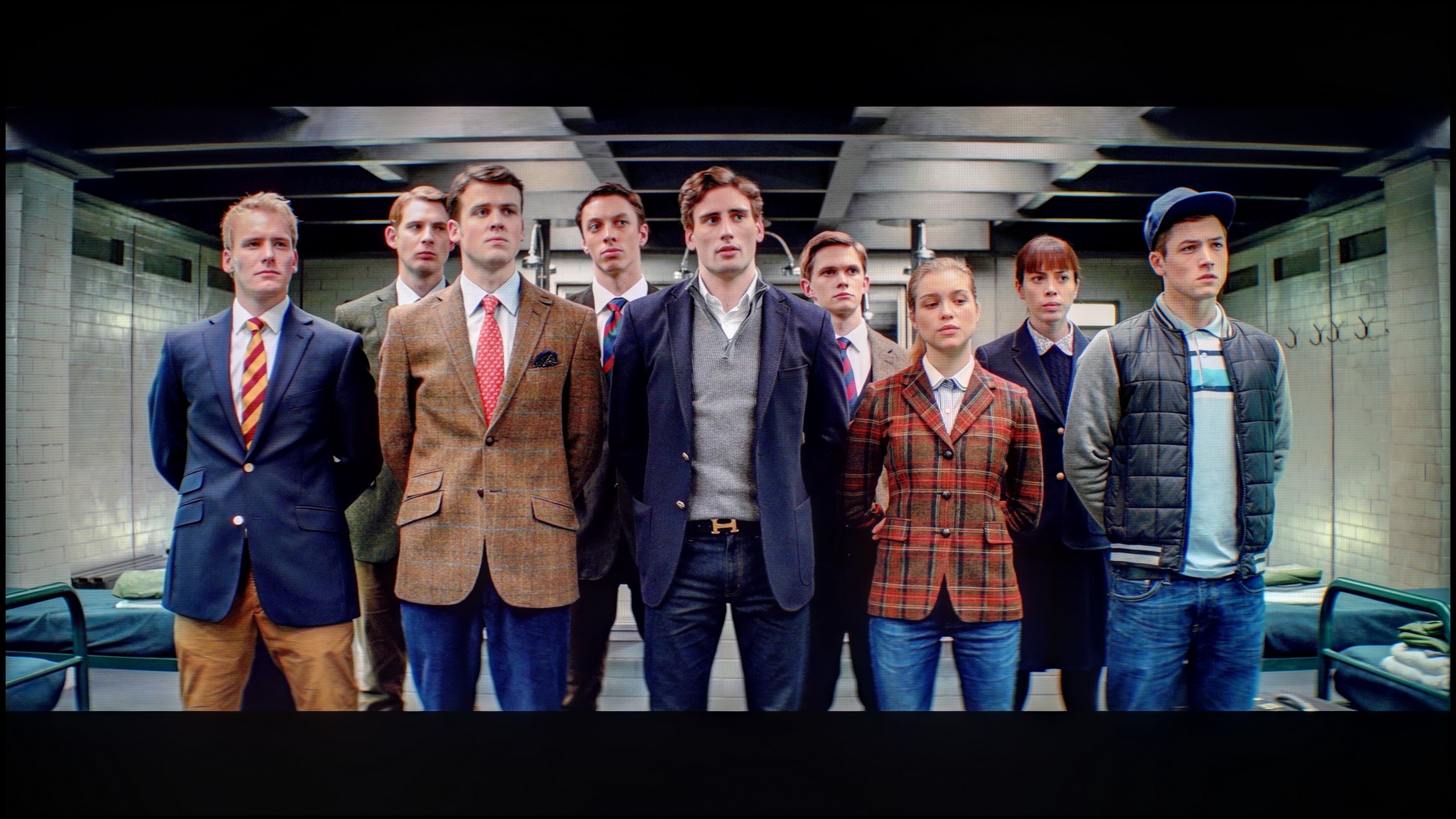

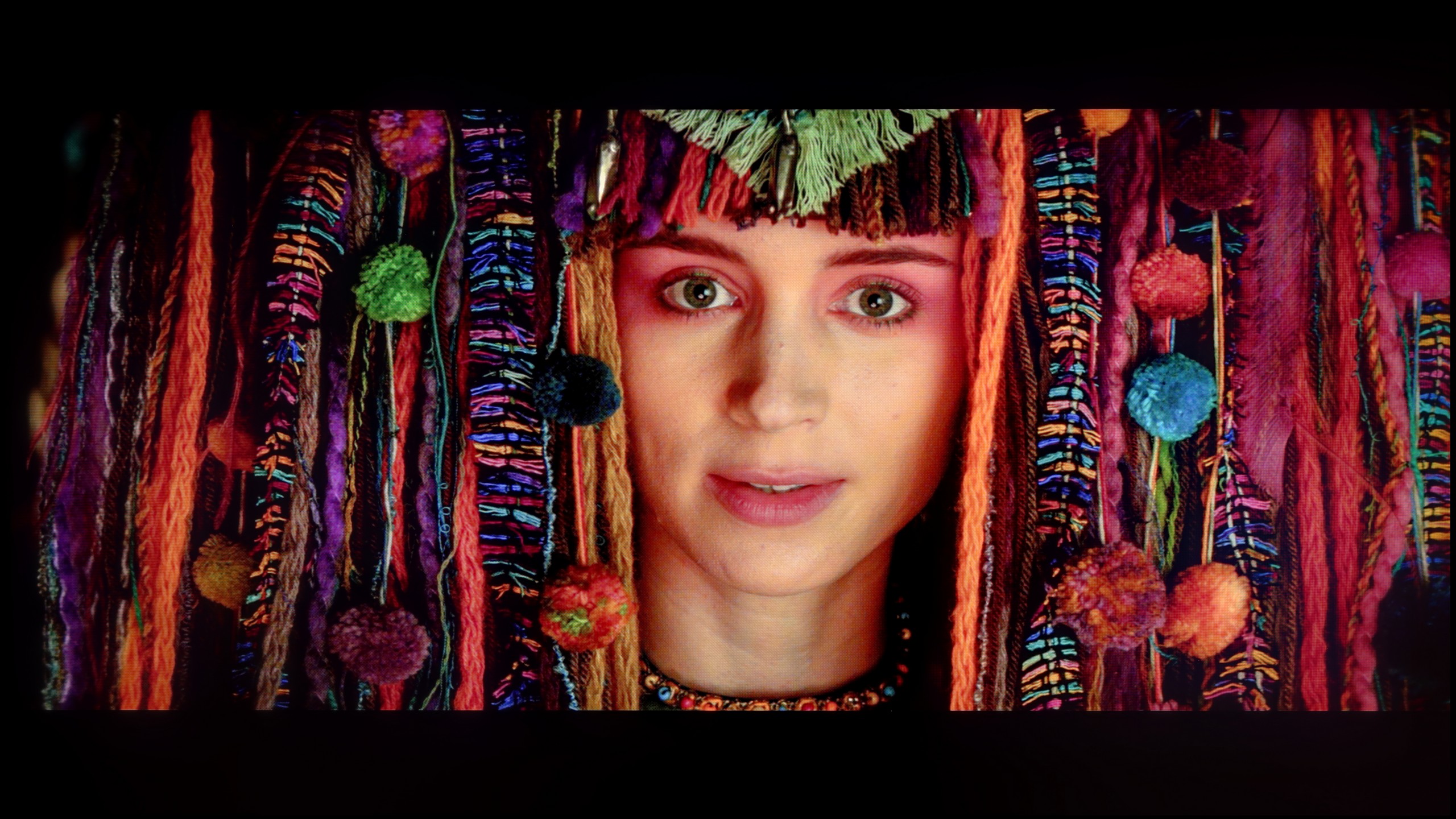
After calibration, the Filmmaker mode on the Samsung QN92D television shows significant improvement, particularly in the SDR content range. The white balance has been greatly enhanced – the previous colour misalignment and dominance of red have been eliminated, resulting in a more natural colour reproduction. In terms of brightness, although the gamma chart did not require significant adjustments, it has been stabilised, which affects the overall picture quality.
Regarding high-quality materials, the white balance has also improved in this case. However, it is worth noting the contrast. The EOTF curve, which illustrates the values in this area, appears correct at first glance. However, upon closer inspection, the television struggles to maintain appropriate contrast in film materials. The EOTF curve reveals some discrepancies, suggesting that despite the progress, there are still areas that require improvement in this aspect. The television continues to strive for excellence in contrast reproduction. A strength of this television is the saturation of colours. Skin tones are rendered very well, and although some colours may be slightly oversaturated, the overall effect looks really attractive – the colours appear rich and vibrant.
Despite some shortcomings in contrast, after calibration, the Filmmaker mode on the Samsung QN92D offers excellent image quality, with natural colour reproduction, making it a great choice for watching movies.
After our adjustment of the settings, the QN90F showed what it’s really capable of – and we have to admit, it’s one of the best images we’ve seen on a miniLED screen this year. As we mentioned earlier, the white balance wasn’t a big issue even in the factory settings, but it was only after gamma calibration that we were able to get close to reference values. The same goes for HDR content, where the EOTF curve post-adjustment presents mature and consistent results. Indeed, in some films, you can notice that the smallest elements of the image are slightly brightened, and with a limited number of local dimming zones, there's still a risk of halo effect. However, it’s important to remember that such phenomena are characteristic of all miniLED TVs and it’s difficult to expect miracles even from the QN90F. The most important thing is that after calibration, the television displays an image that confidently competes with many OLED screens available on the market in terms of expressing the director's vision.
Smoothness of tonal transitions
9/10
8.9/10

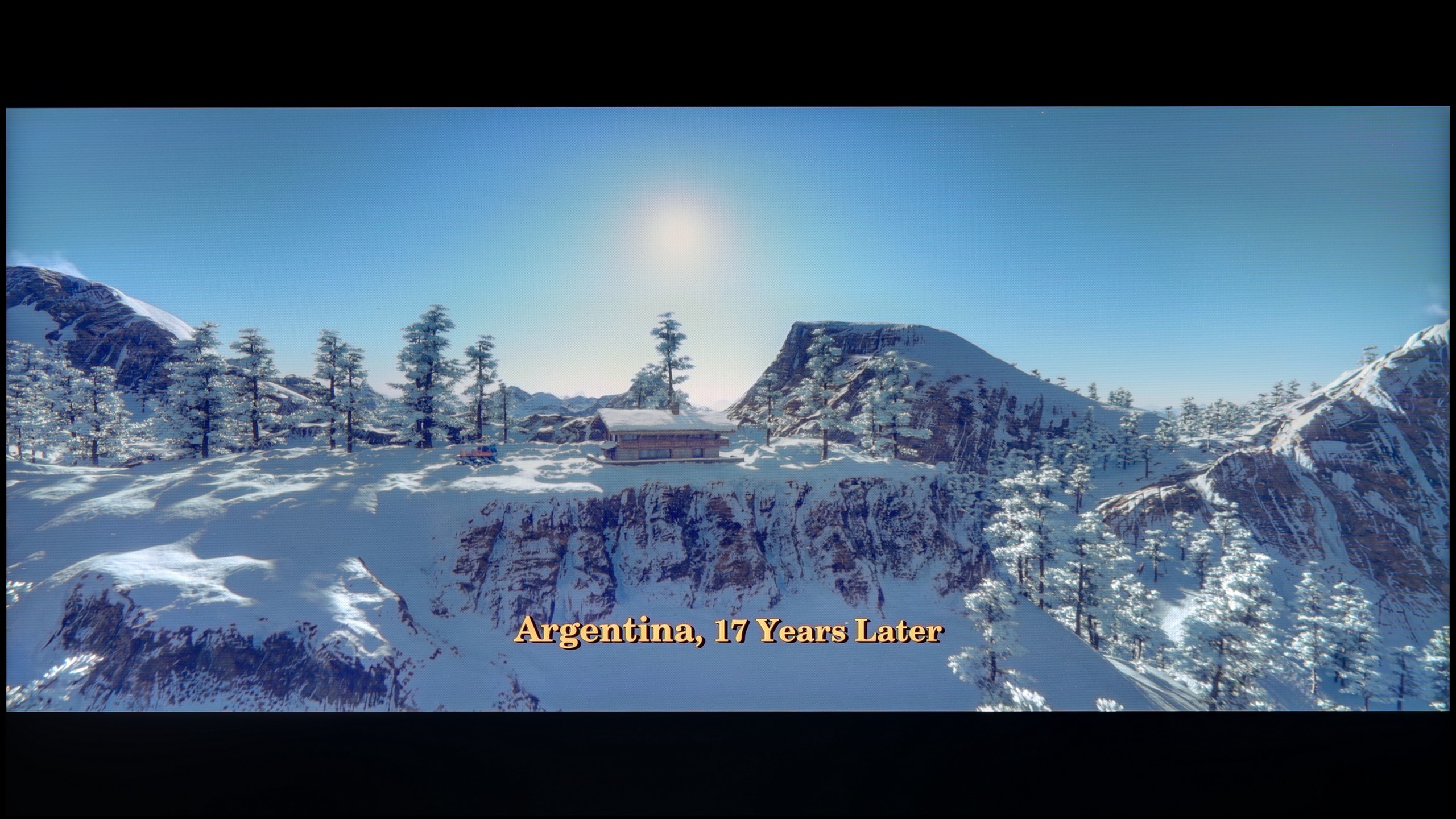



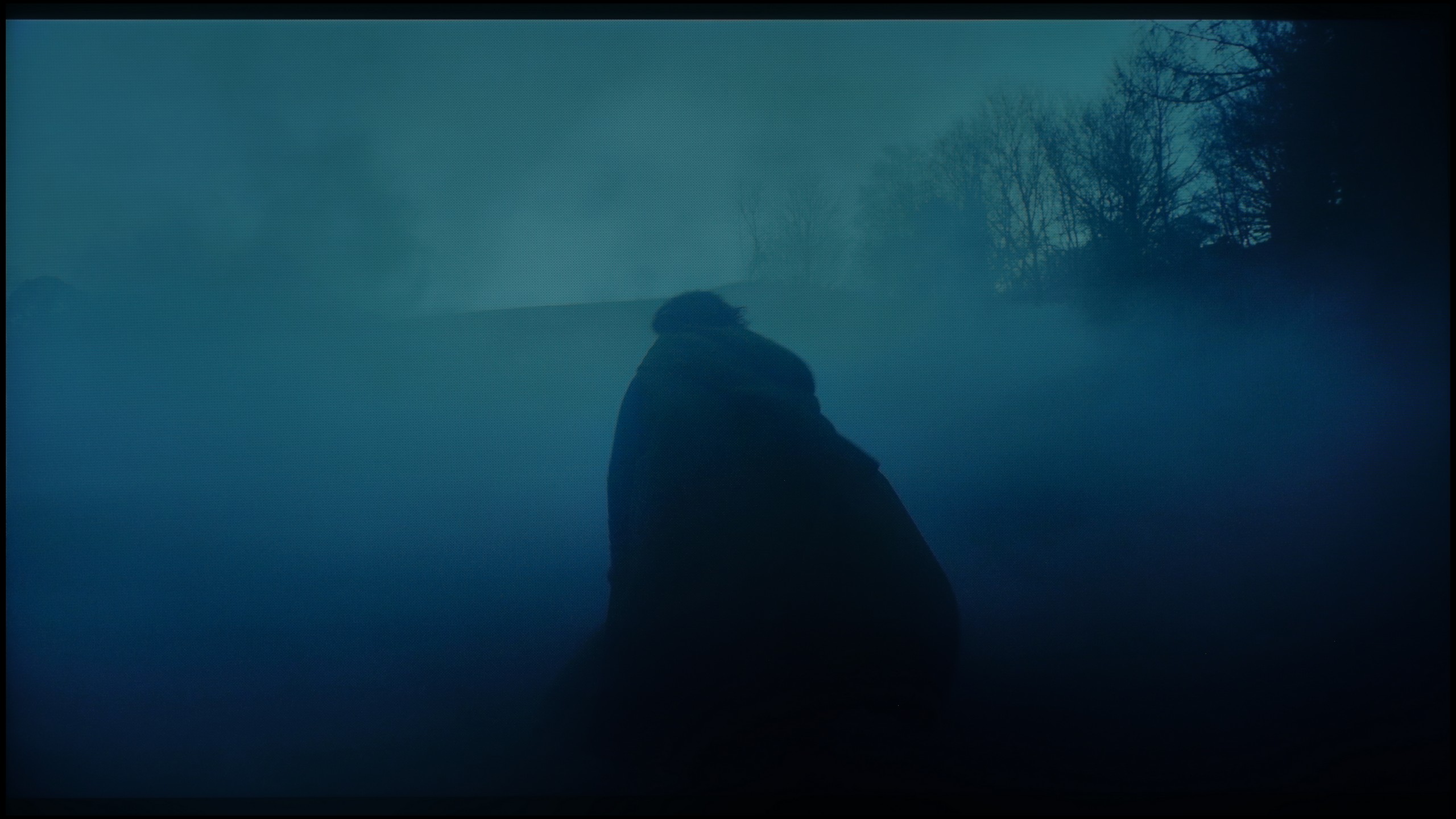






The fluidity of tonal transitions on the Samsung QN92D TV is excellent, making the image look exceptionally natural, without visible disturbances. In scenes with complex colour gradations, the TV performs brilliantly, providing smooth and uniform transitions. Competing OLED TVs in a similar price range could successfully take a cue from this, as the Samsung QN92D offers quality that places it on par with models equipped with QD-OLED panels.
The tonal transitions in the QN90F are at a very good level. Regardless of the scene being tested, it was hard to find clear problems with colour blending or visible banding. Even in demanding segments, such as the scene from the film Green Knight where the actor immerses himself in red water, the image presented itself smoothly and naturally. Indeed, with careful watching, one might notice minor micro-imperfections – for example, in greys or in very bright shots – but they do not affect the overall perception. The TV performs well enough that most viewers won't notice these imperfections.
Image scaling and smoothness of tonal transitions
7.2/10
7.5/10
Smooth transition function

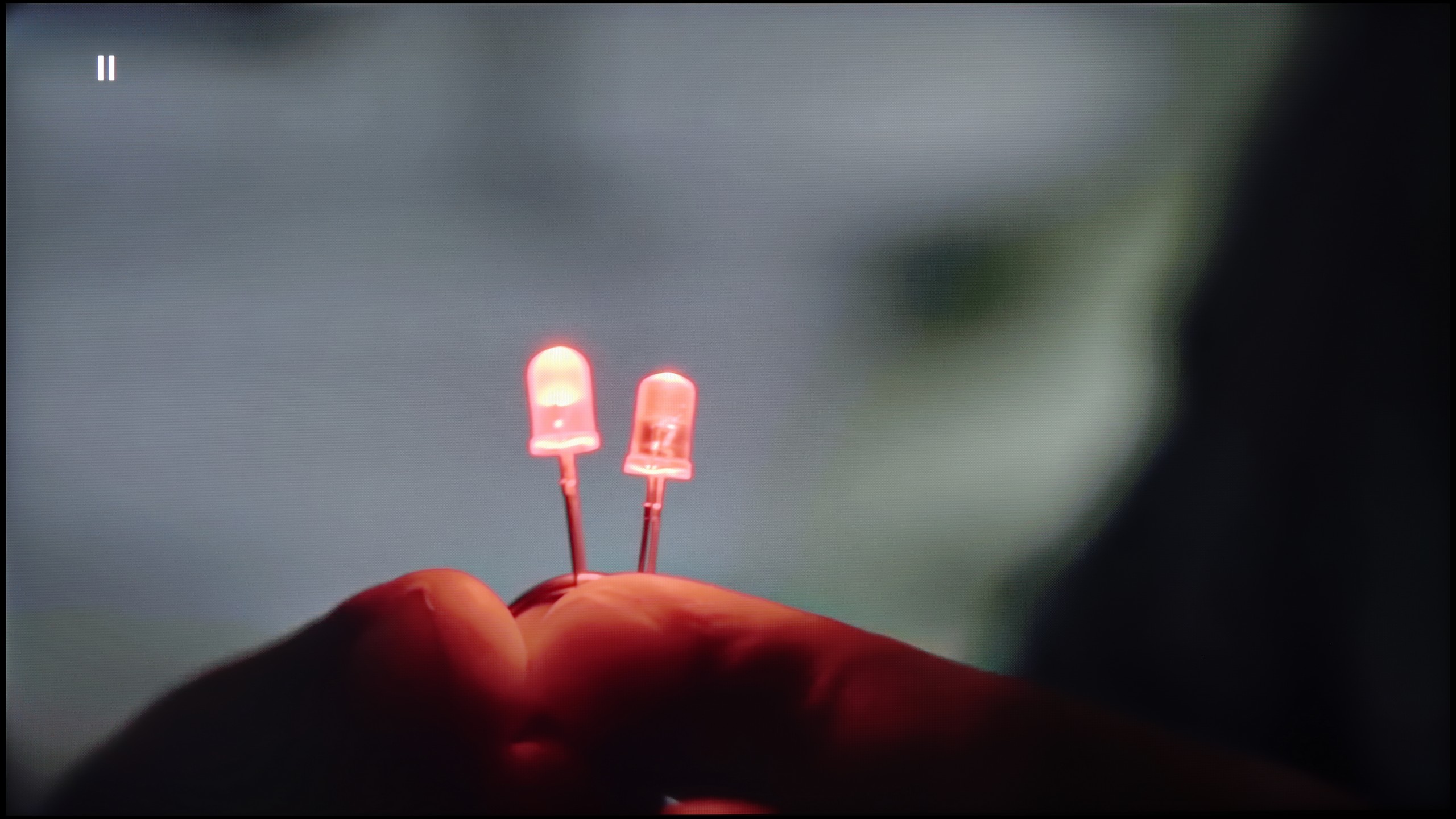
Image without overscan on the SD signal

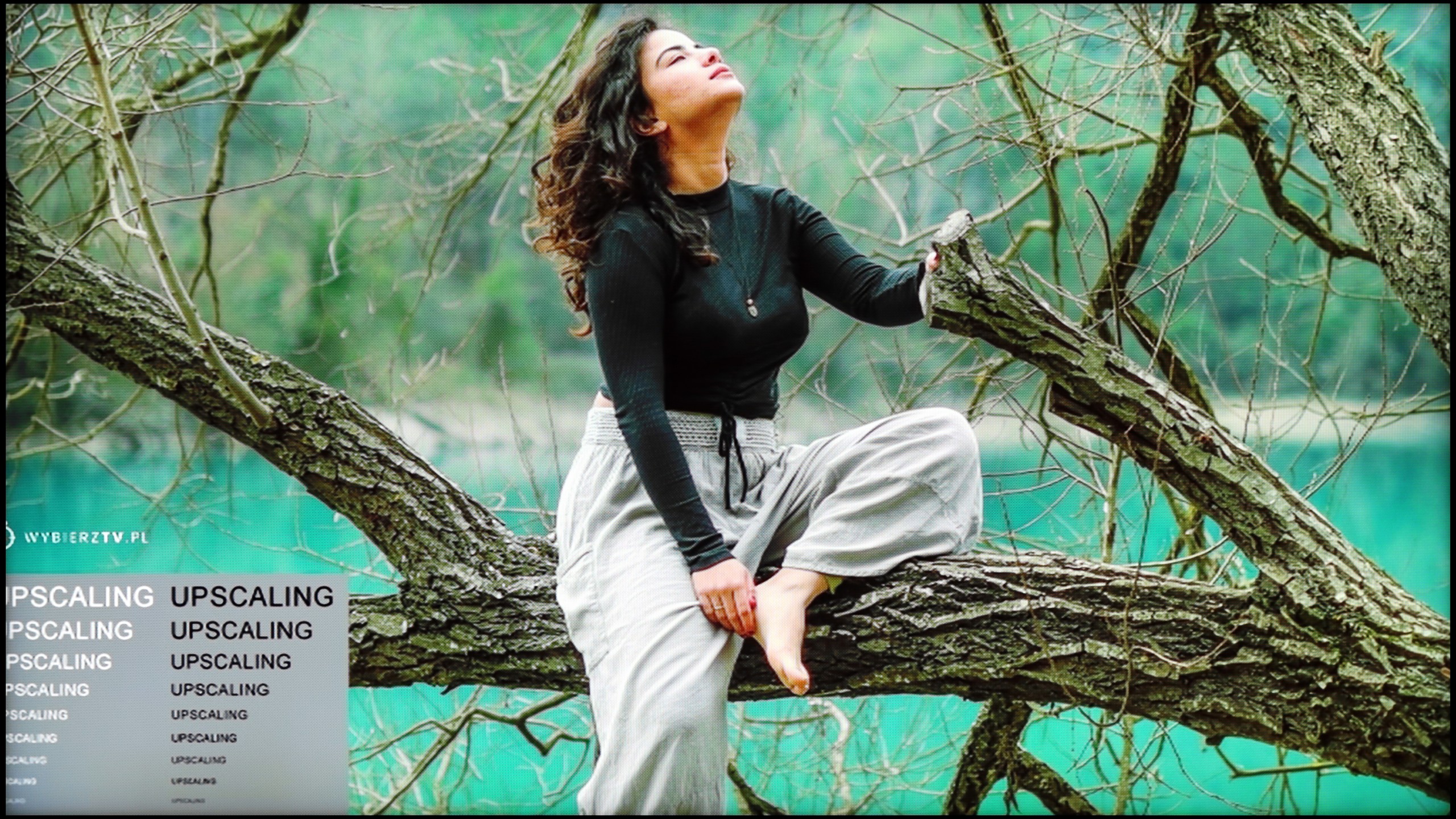
Let's check how the Samsung QN92D TV performs with tonal transitions in very poor quality materials. The noise reduction feature shows good effectiveness, improving the fluidity of tonal transitions even in difficult conditions. However, it should be noted that, similar to other Samsung TVs, the effectiveness of this feature can lead to the removal of desirable elements, such as film grain, which can sometimes affect the authenticity of the image.
When it comes to digital processing, the Samsung QN92D TV also performs excellently. During tests, the image looked very good, with the model presented in a natural and correct way. Details, such as branches in the background, were reproduced with great precision, highlighting the TV's ability to enhance the quality of low-resolution materials.
QN90F handles upscaling very well. Materials in lower resolutions, even SD, are enhanced to a clear and sharp image, where a lot of background detail can be seen. This is a big advantage, as the TV makes older content or everyday television look significantly better than on most budget screens. However, the issue of overscan remains, which is the cropping of the screen edges that cannot be turned off on Samsungs. This can cause some subtitles on the screen to disappear or Auntie's face from the wedding on a VHS tape to be slightly cropped. 😉
The digital image processing also performs well. In the menu, we find a feature called "noise reduction," which can smooth tonal transitions and improve the viewing of lower quality materials, such as those from YouTube. In the medium setting, the effect is most beneficial – it doesn't heavily interfere with details while simultaneously eliminating the problem of "banding" in colours. However, it's worth noting that the feature can be quite aggressive and removes natural film grain in older movies, so it's best to use it sparingly.
Blur and motion smoothness
7.5/10
7.5/10

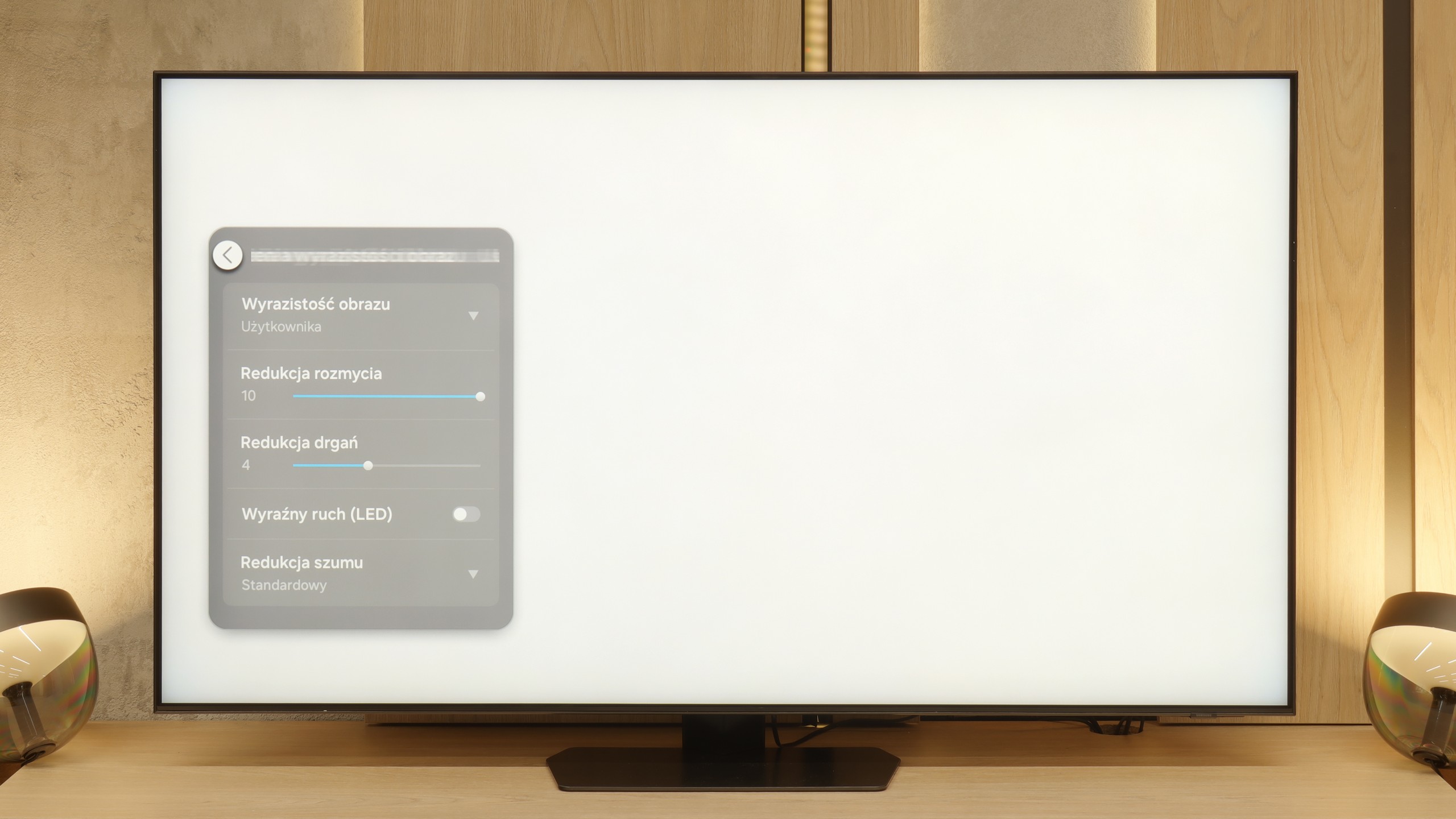
Blur (native resolution, maximum refresh rate):




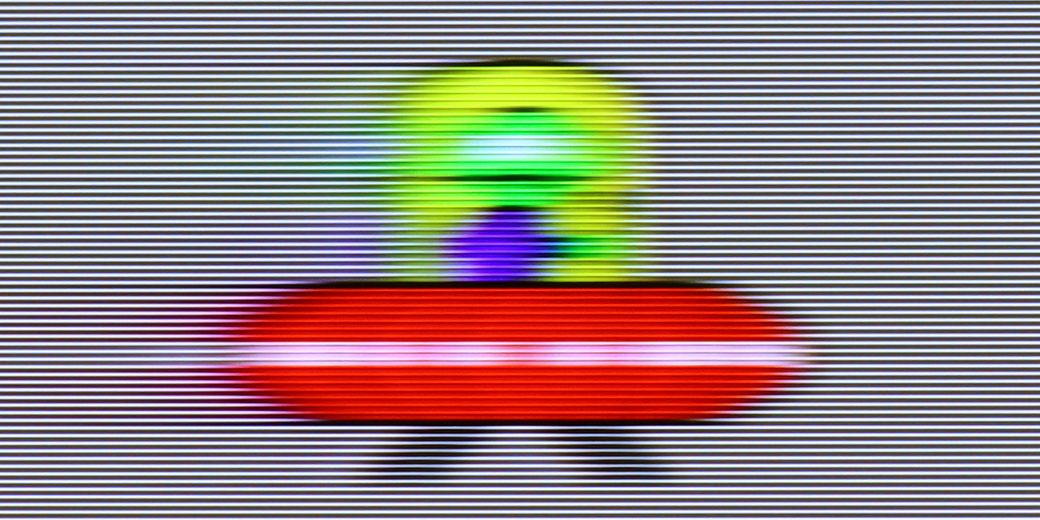
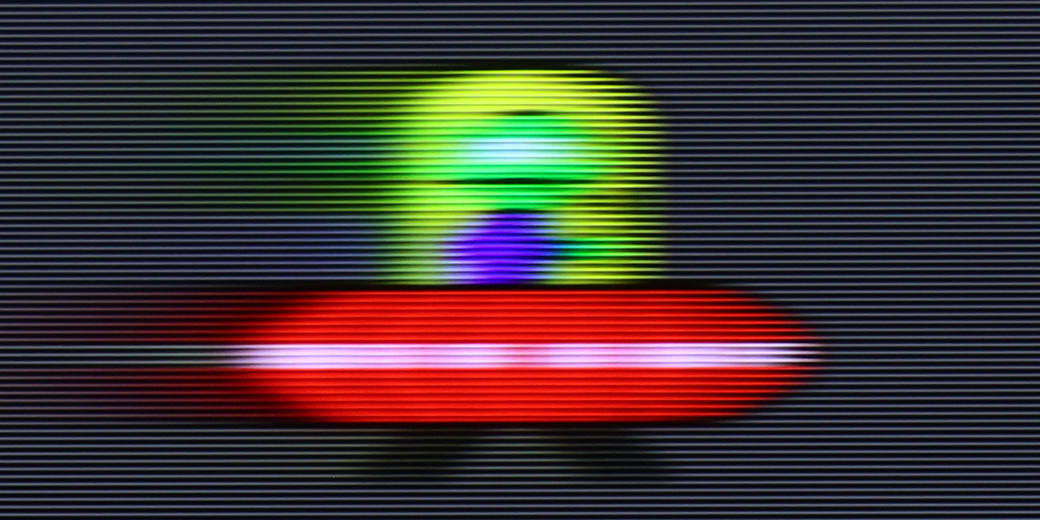
Blur (BFI function enabled):
Image flickers in this mode



Image flickers in this mode



Smużenie ():
Smużenie (4K@165Hz):


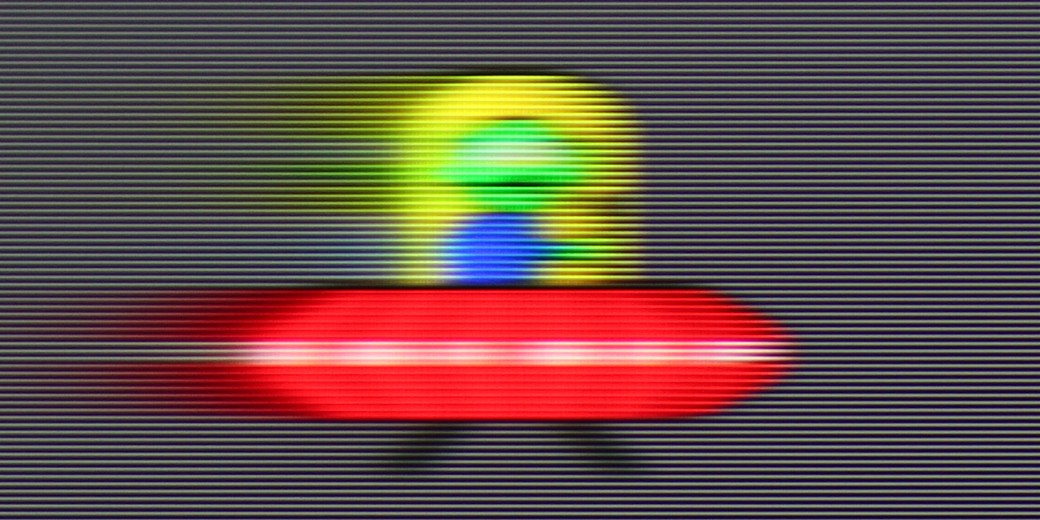
The Samsung QN92D television is equipped with a 144 Hz panel; however, when watching content using the smoothness feature, the maximum refresh rate is 120 Hz. As a result, both gamers and sports enthusiasts will be satisfied with the picture quality. It’s also worth mentioning the available options for image enhancement, such as the "motion blur and judder reduction" feature, which allows users to adjust smoothness to their individual preferences on a 10-point scale. Motion blur reduction increases the sharpness of fast-moving objects, while judder reduction smooths out motion, eliminating the "stutter" effect. With these advanced settings, one can achieve optimal visual experiences, making the Samsung QN92D perfect for both dynamic scenes and intense gaming.
In terms of motion blur, the television performs really well, and it’s hard to pick faults. The only note we might have is a slight overshoot effect noticeable on dark backgrounds during our test with "Ufoludkiem." Nevertheless, thanks to the advanced smoothness settings, the Samsung QN92D excels in both dynamic scenes and intense gaming.
QN90F has been equipped with a panel that has a maximum refresh rate of 165 Hz, and while this advantage will mainly be appreciated by PC gamers, it’s still worth highlighting. In movies or sports broadcasts, we are limited to the classic 120 Hz, but this is not a cause for concern. In practice, the additional motion smoother is more significant here. Thanks to the "Motion Clarity" setting, we can adjust the picture to our own preferences. The blur reduction option is responsible for fluidity and ghosting in sports. Meanwhile, the "judder reduction" function improves motion fluidity in productions recorded at 24 frames, namely films and series. If we set it high, the film looks smoother and more fluid than it was actually shot. Lower values, on the other hand, preserve its cinematic "rawness" with the visible film frame.
Console compatibility and gaming features
9.5/10
8.2/10
- ALLM
- VRR
- VRR range48 - 144Hz48 - 165Hz
- Dolby Vision Game Mode
- Correct implementation of HGIG
- 1080p@120Hz
- 1440p@120Hz
- 4K@120Hz
- Game bar

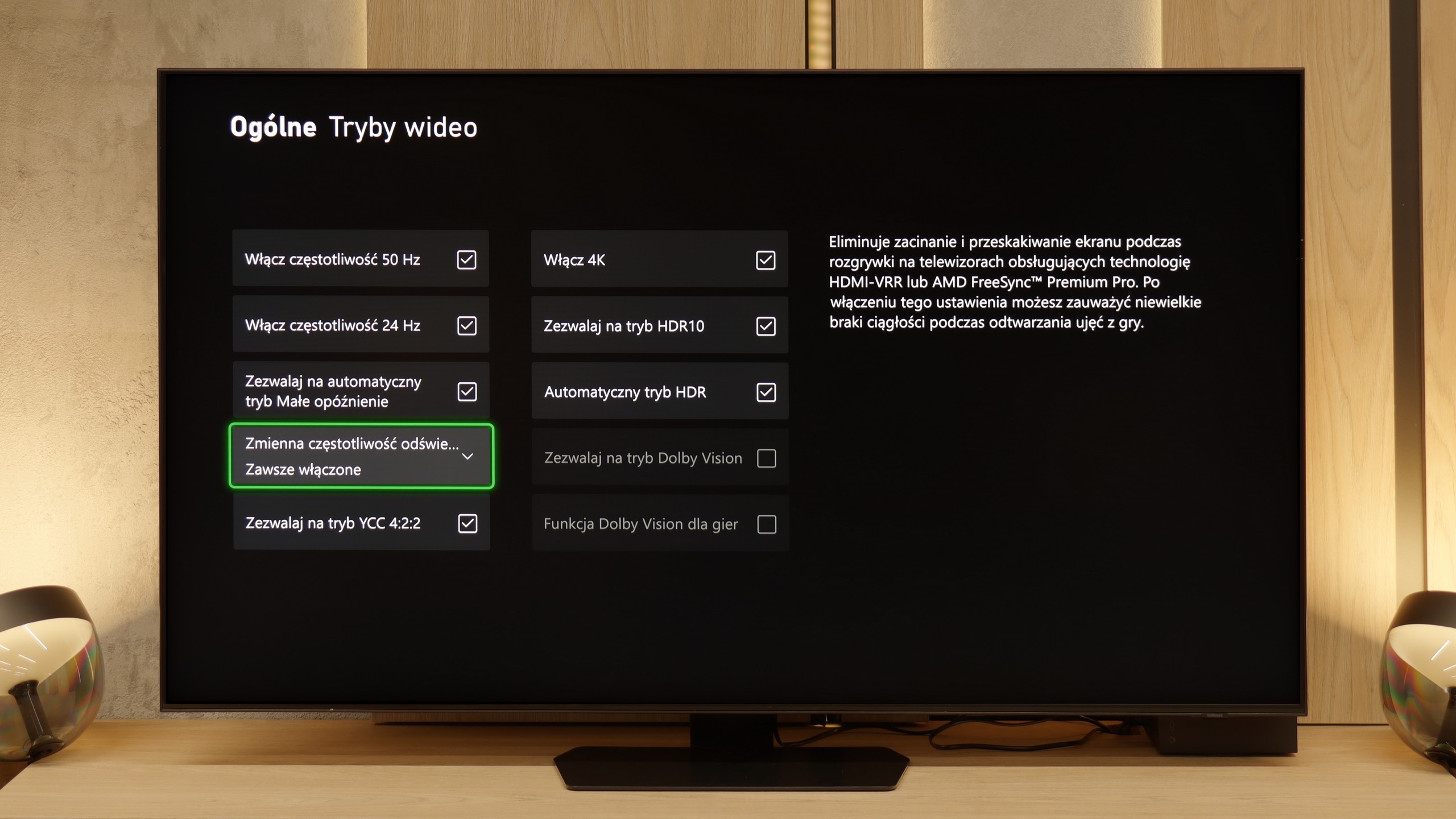

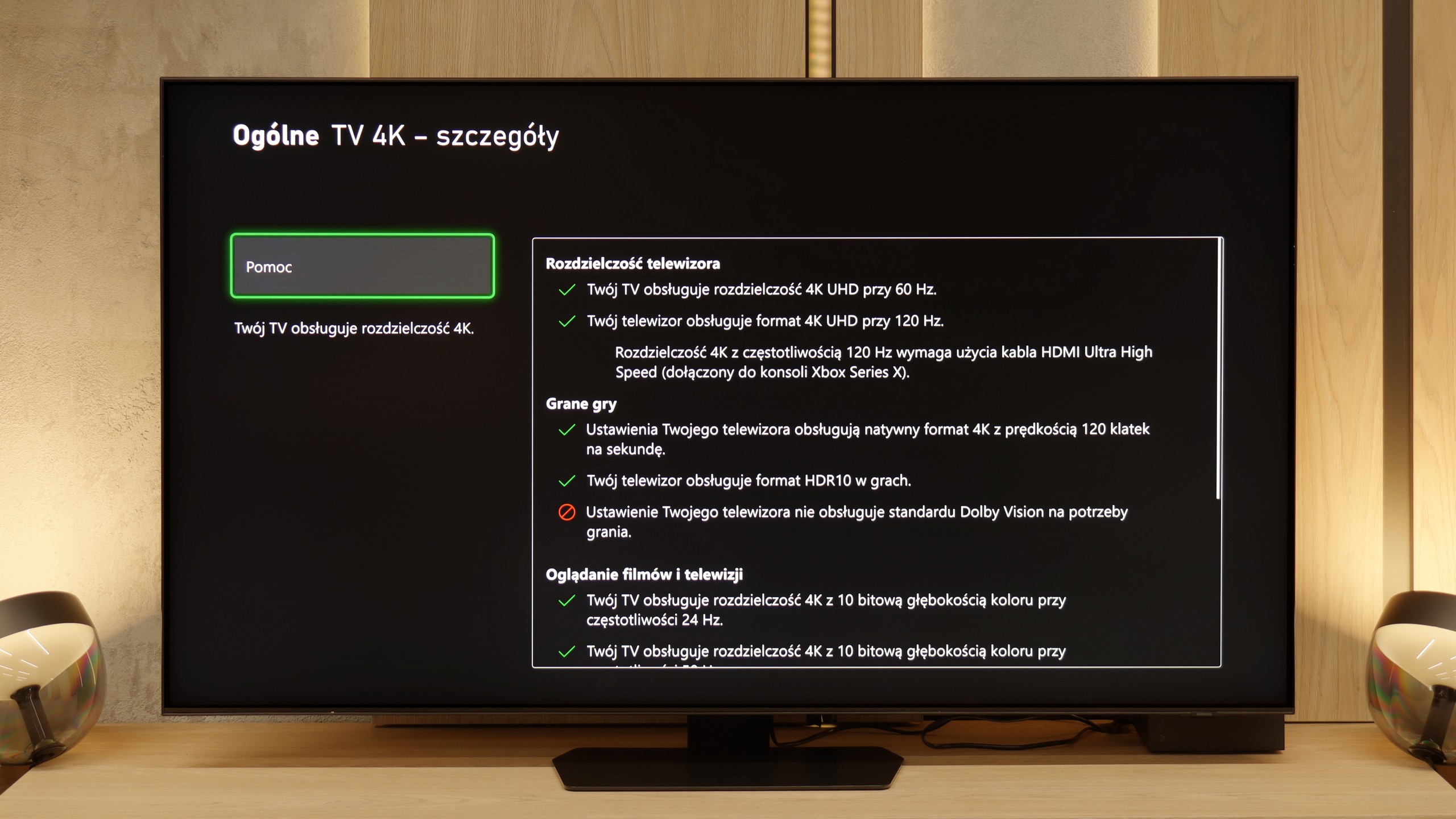

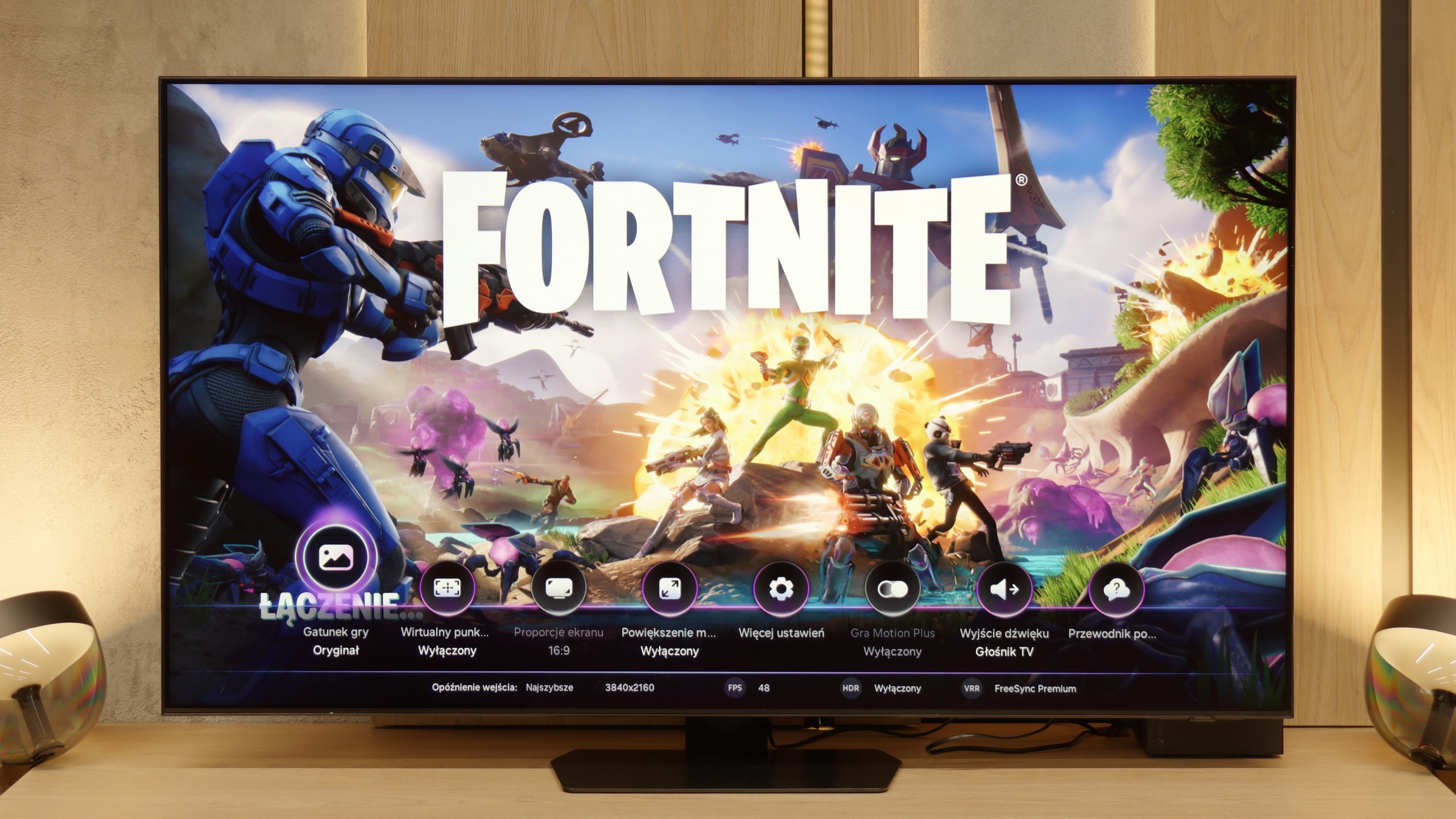

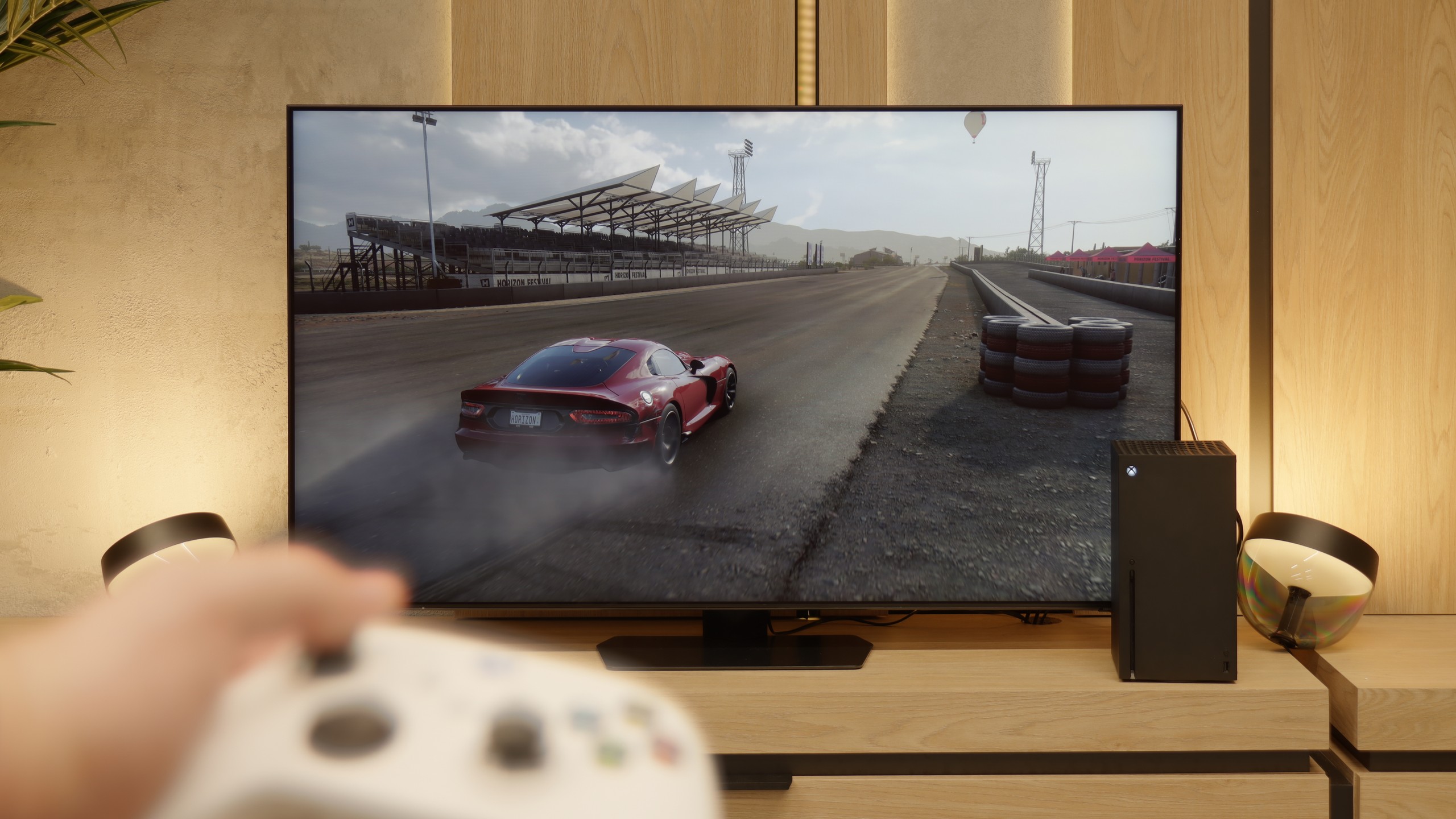
The television Samsung QN92/QN90 is an excellent choice for avid gamers, deserving of the highest recommendations. This model offers practically all the features available on the market in terms of gaming, making gameplay even more exciting. One of the key differentiators is the 120 Hz panel, which ensures exceptional motion smoothness, crucial during dynamic action games. The television also boasts low input lag, guaranteeing instant reactions to player commands. Additionally, technologies such as VRR (Variable Refresh Rate) and ALLM (Auto Low Latency Mode) adjust the refresh rate and automatically switch the television to game mode, translating to even better gaming experiences. Another advantage is the Xbox app, which allows gaming of favourite titles directly on the television, eliminating the need for a console. This is a typical feature of Samsung televisions, making them exceptional in the gaming world.
Auto Motion Plus Game is a feature that really deserves praise for Samsung. It is a motion smoother that works wonderfully in games, creating the impression of a higher frame rate – a 30 frames per second image looks like 45, and 60 Hz becomes close to 90 Hz. Importantly, this feature does not introduce significant lag (input lag does not exceed 25 ms), so it does not negatively affect gameplay comfort, unlike many other smoothers available on the market. This allows gamers to enjoy a much smoother image without compromising responsiveness.
QN90F has almost everything to become the perfect TV for gamers. Things like four HDMI ports, VRR, ALLM, and a refresh rate of up to 165 Hz need no reminder. It deserves high praise for the Game Motion Plus mode, Samsung's proprietary motion smoothing for games. Thanks to this, you can add a few "artificial" frames and make the image generated from the console look smoother than it should. This is a very unique solution in the world of TVs – competing systems usually do not offer this – and that’s why Samsung has had a strong selling point among gamers for years, even despite the lack of support for the still niche Dolby Vision in games.
So why do we refer to it as an "almost" perfect screen? Unfortunately, similar to previous Samsung models, we noticed an issue with the lack of HGiG functionality. This solution allows the TV to leave tone mapping control to the console, so that games look exactly as intended by the developers. What’s worse, this feature was present before and disappeared after software updates. Instead of minor fixes, we got a step back. It's a shame, because without this lack, the QN90F could really be the ideal choice for gamers in the miniLED category.
Input lag
9.9/10
9.6/10
SDR
HDR
Dolby Vision
The input lag category is crucial for gamers, and the Samsung QN90D performs exceptionally well in this aspect. Input lag values below 13 ms are impressive, meaning that the delay between pressing a button on the controller and the reaction on the screen is minimal. Such a low value allows for smooth and responsive gaming experiences, which will certainly please both casual gamers and professionals for whom every millisecond of reaction time matters. This makes the Samsung QN92D an excellent choice for those who value precision and speed in gameplay.
Input lag on the QN90F is very low. For 120 Hz content, it measures around 10–12 ms, and at 60 Hz it drops below 20 ms. These are values that can confidently be called exemplary. The slightly higher input lag – by 1–2 ms – is due to the fact that the lowest latencies, below 10 ms, are reserved for the 165 Hz mode. Regardless of resolution or refresh rate, you can count on the QN90F always responding quickly and responsively to our movements on the controller or keyboard and mouse.
Compatibility with PC
8.6/10
8.8/10

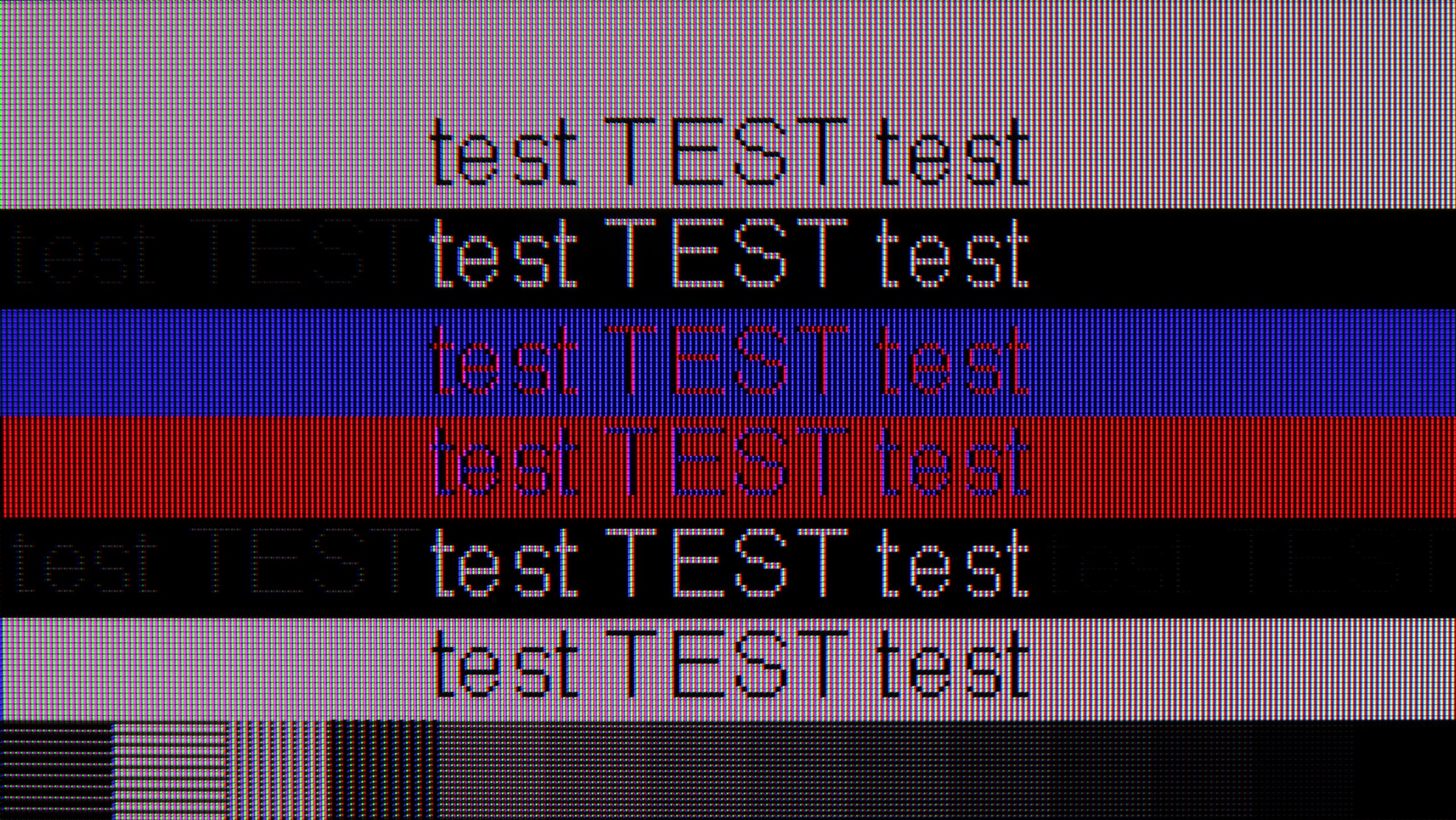
The television stands out with its high performance, supporting chroma 4:4:4 and offering exceptionally low input lag. These features allow users to enjoy fluidity and responsiveness, making it an excellent choice for office work and everyday applications. However, one noticeable drawback is the poor visibility of horizontal lines on dark backgrounds. On the test screen, letters on the right side appear more like vertical lines, which can be frustrating for some users. Nonetheless, the television generally works well with a computer, providing comfort in carrying out daily tasks. It’s also worth mentioning in this paragraph the "Remote PC" feature; thanks to Microsoft’s collaboration with the Korean giant, we can seamlessly pair Windows PCs and use Office 360 apps.
Collaboration with a PC is another strong point of the QN90F. It’s a screen that performs well for both work and gaming. This makes sense especially in smaller sizes, e.g., 43 inches, where the television can easily fit on a desk. The 165 Hz mode, primarily intended for PC gamers, supports technologies like G-Sync and AMD FreeSync Premium Pro, so gameplay is smooth and very responsive. Office work performs equally well – the readability of fonts is high thanks to proper chroma handling. However, we noticed that switching the refresh rate from 165 Hz to 120 Hz further improves the readability of very dark text and thin lines. Therefore, if someone wants to use the QN90F as a work monitor, it's worth considering the 120 Hz mode.
Viewing angles
7.1/10
3.6/10
In the case of TVs with VA panels, you can usually expect limited viewing angles, however Samsung QN90D surprises in this category. Thanks to the applied coating that widens the viewing angles, the TV offers really good performance, which is rarely seen in devices with this type of panels. Although VA panels are typically not the best in this regard, in this model the image remains clear and saturated even when viewed from the side, making it a great choice for larger rooms and group viewing.
The viewing angles on the QN90F are rather average and typical for LCD screens with a VA panel. It’s a bit of a shame that Samsung opted out of additional coatings to widen the viewing angles in this model – probably at the cost of using a matte panel. The effect is that at larger angles off centre, the drop in brightness is quite significant, and the colours lose their intensity. This is a compromise that one has to consider when choosing a screen with a classic VA panel.
TV efficiency during daytime
6.4/10
7.2/10

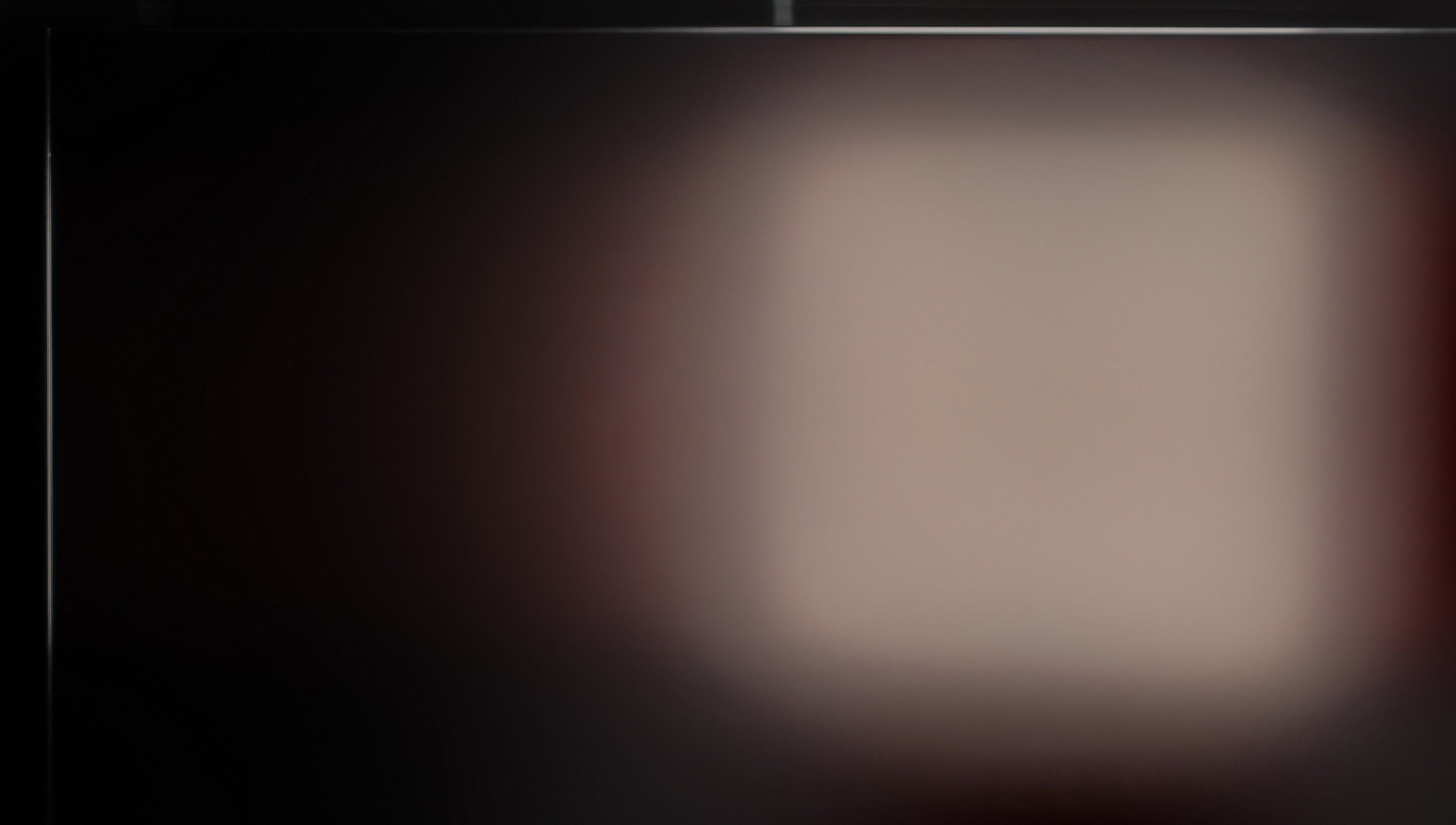


Matrix brightness
Average luminance SDR
Samsung QN90F / QN92F: 665 cd/m2
Samsung Neo QLED QN90D / QN92D: 629 cd/m2
The television performs well in bright rooms due to its high brightness, especially when watching standard television. A constant brightness level of 600 nits ensures excellent visibility even in intense daylight. Unfortunately, despite the use of a satin finish, handling reflections is average, which can affect viewing comfort. An additional downside is the matrix that improves viewing angles, which causes reflections of sunlight to spread vertically, potentially further reducing viewing comfort in a bright environment.
QN90F is the first Neo QLED 4K with a matte display, and it must be said that this change is noticeable straight away. During the day, the screen behaves completely differently than typical LCD TVs – reflections are heavily suppressed, glare nearly disappears, so there’s no need to constantly cover windows or reconfigure furniture. Colours in a bright room appear natural, though their intensity can slightly drop with very strong lighting. However, this is not something that ruins the viewing experience – rather a small price to pay for comfortable viewing in the sunlight. Additionally, the average SDR brightness is around 700 nits, which means the TV can easily "cut through" in very sunny living rooms. It’s hard to give a better recommendation: if someone is looking for a miniLED 4K TV that can handle a brightly lit living room, the QN90F is one of the safest choices.
Details about the matrix
Subpixel Structure:

Panel uniformity and thermal imaging:

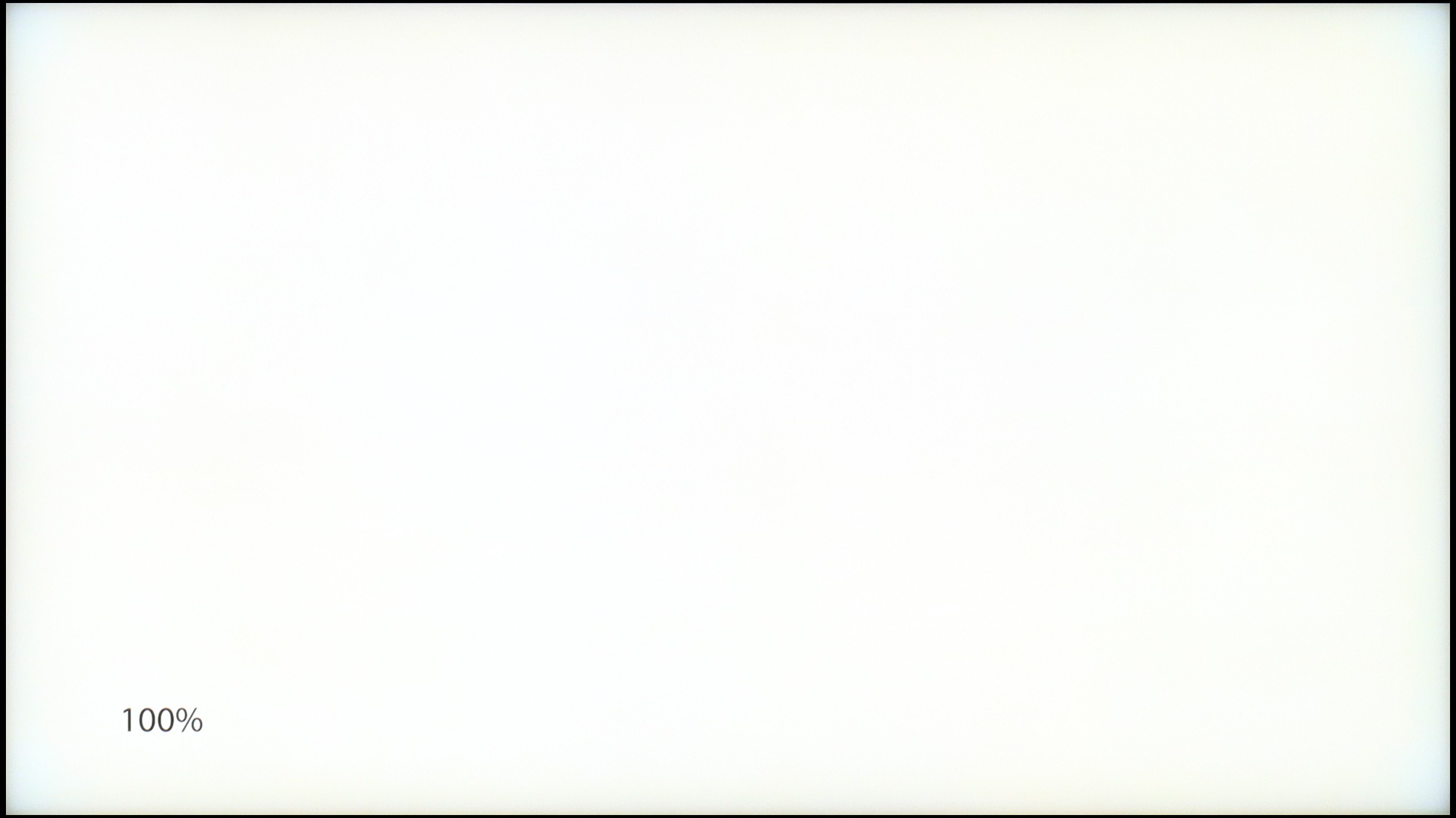
Samsung Neo QLED QN90D / QN92D
Samsung QN90F / QN92F
TV features
7.4/10
7.7/10
- HDMI inputs0 x HDMI 2.0, 4 x HDMI 2.1 48Gbps0 x HDMI 2.0, 4 x HDMI 2.1 48Gbps
- OutputsToslink (Optical audio), eARC (HDMI), ARC (HDMI)Toslink (Optical audio), eARC (HDMI), ARC (HDMI)
- Network InterfacesWi-Fi 2.4GHz, Wi-Fi 5GHz, Ethernet (LAN) 100MbpsWi-Fi 2.4GHz, Wi-Fi 5GHz, Ethernet (LAN) 100Mbps
- TV receptionDVB-T, DVB-T2, DVB-S, DVB-S2, DVB-CDVB-T, DVB-T2, DVB-S, DVB-S2, DVB-C
Classic features:
- Recording to USB (terrestrial TV)
- Recording programming
- Picture in Picture (PiP)
- RF remote control (no need to aim at the screen)
- Backlit remote control
- Teletext
- Audio only mode
- Bluetooth headphones support
- Simultaneous Bluetooth headphones & TV audio
Smart features:
- AirPlay
- Screen mirroring (Windows Miracast)
- Voice search
- Voice search in native language
- Ability to connect a keyboard and mouse


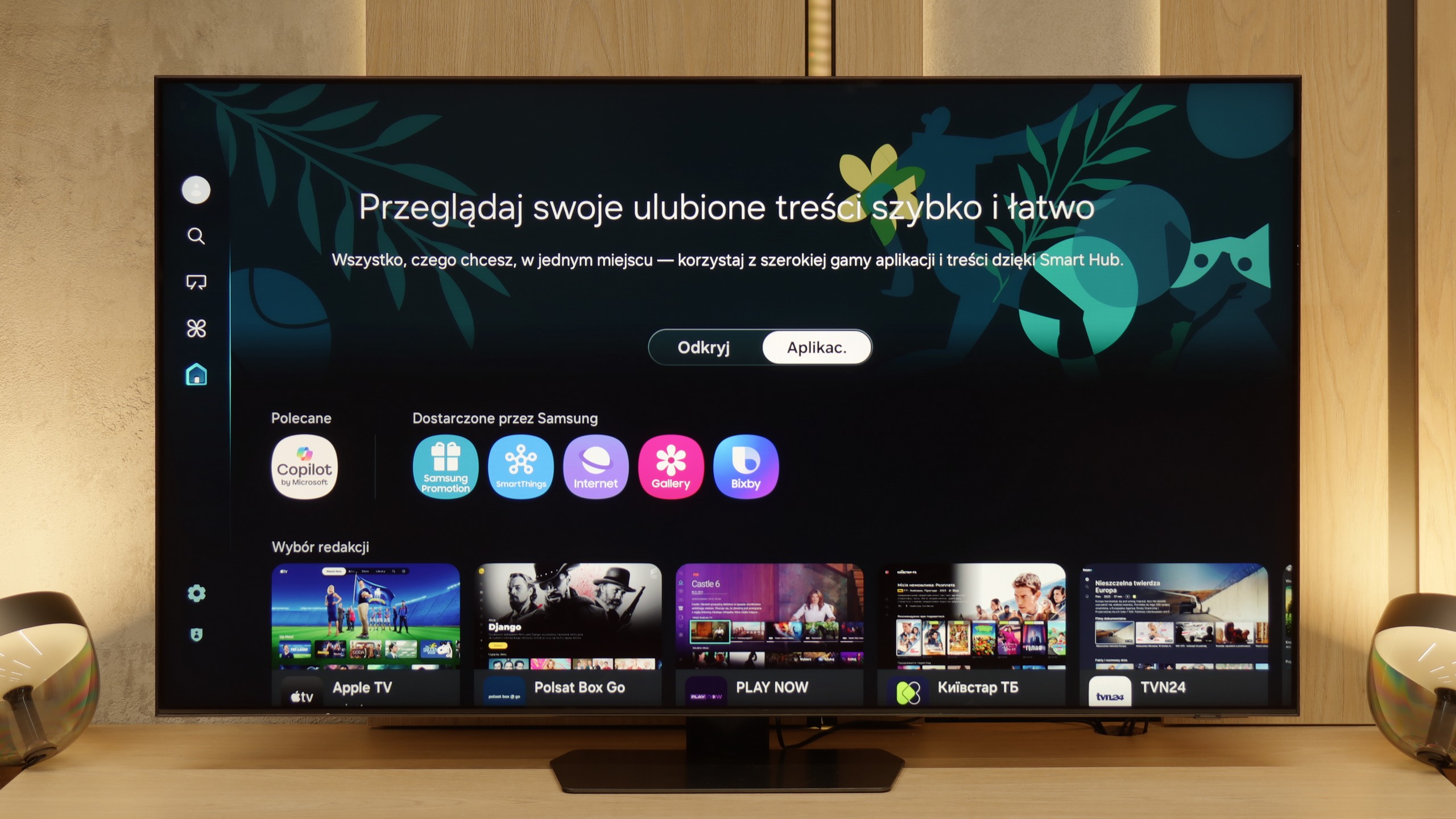
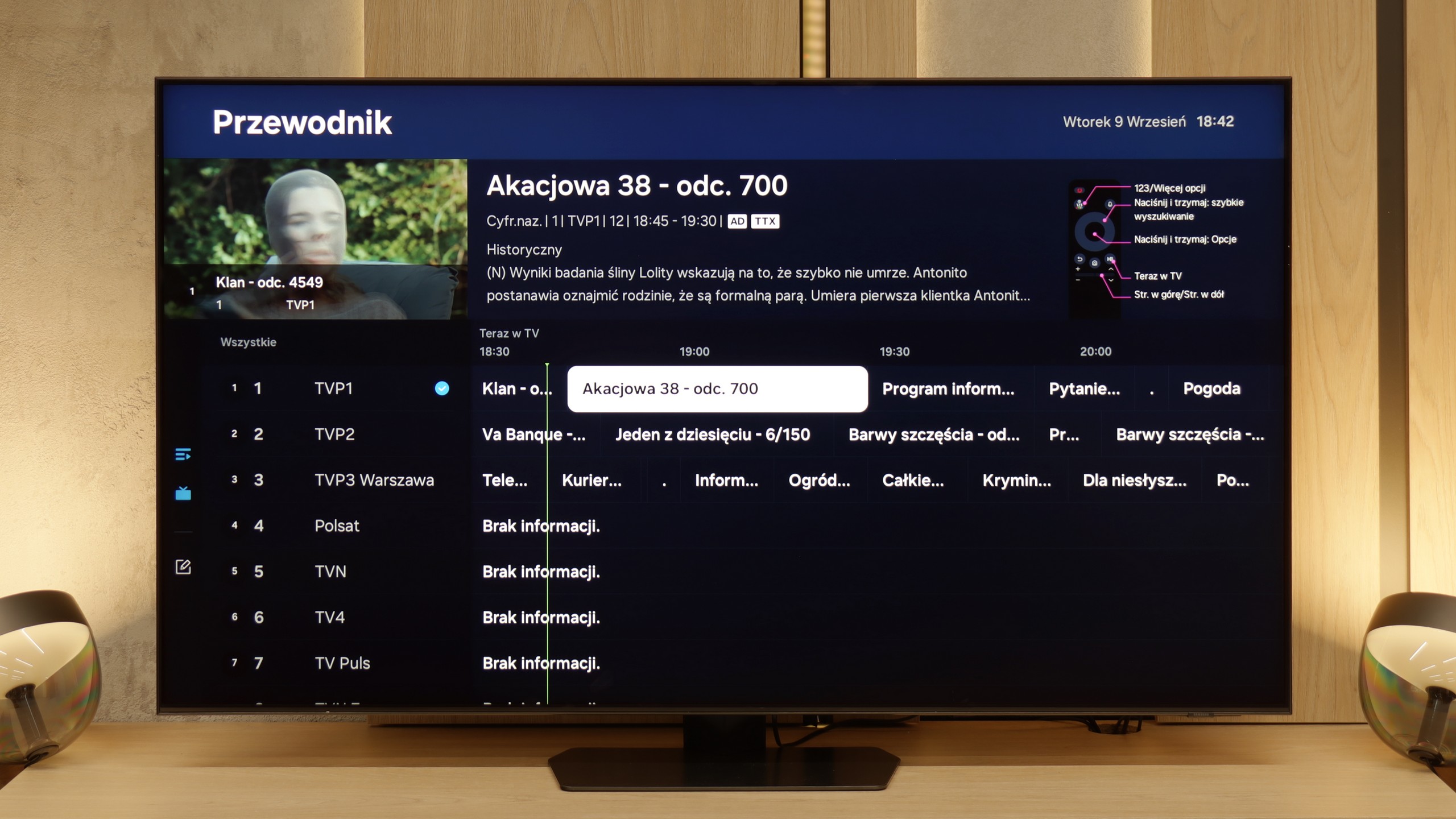
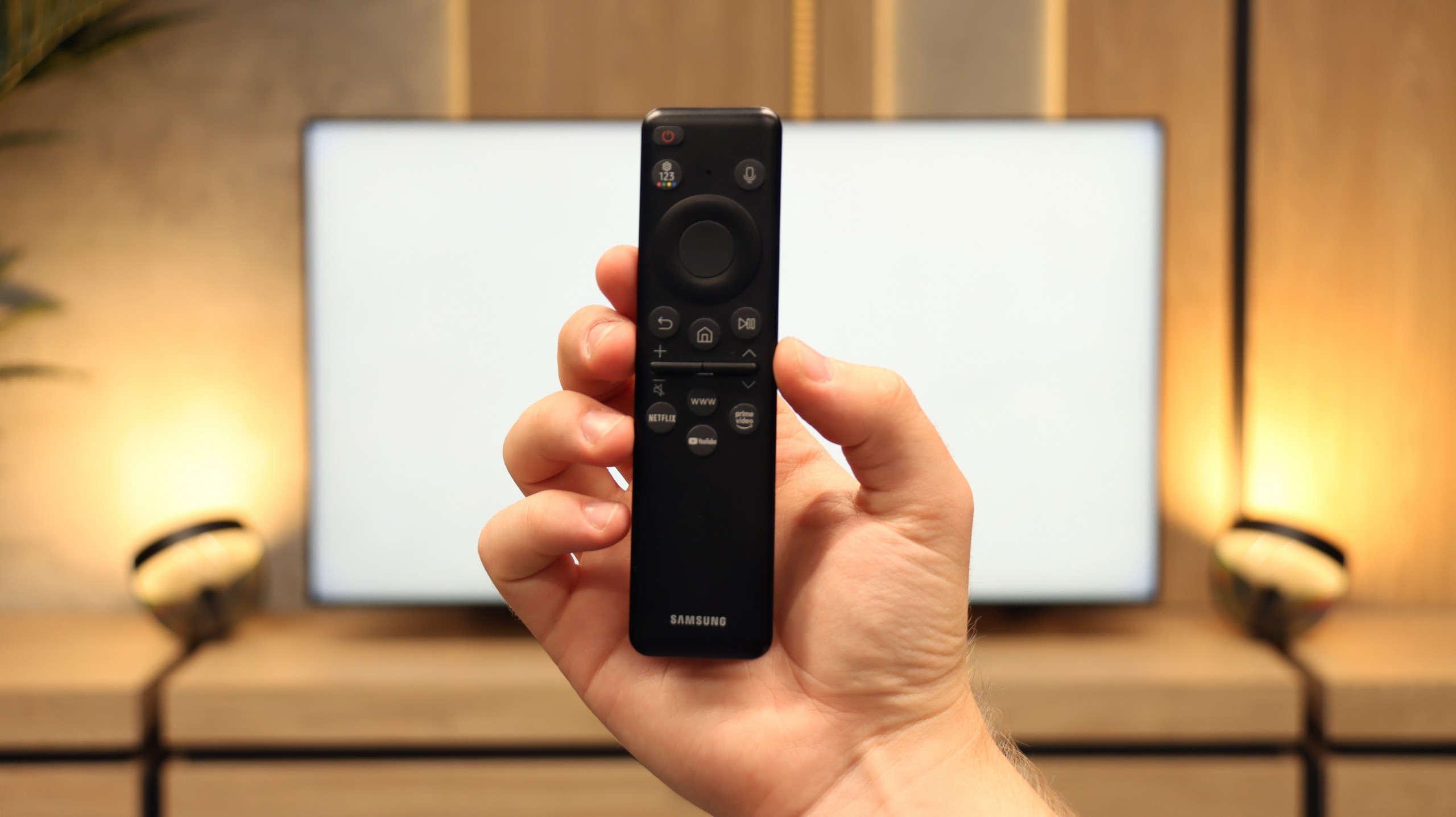
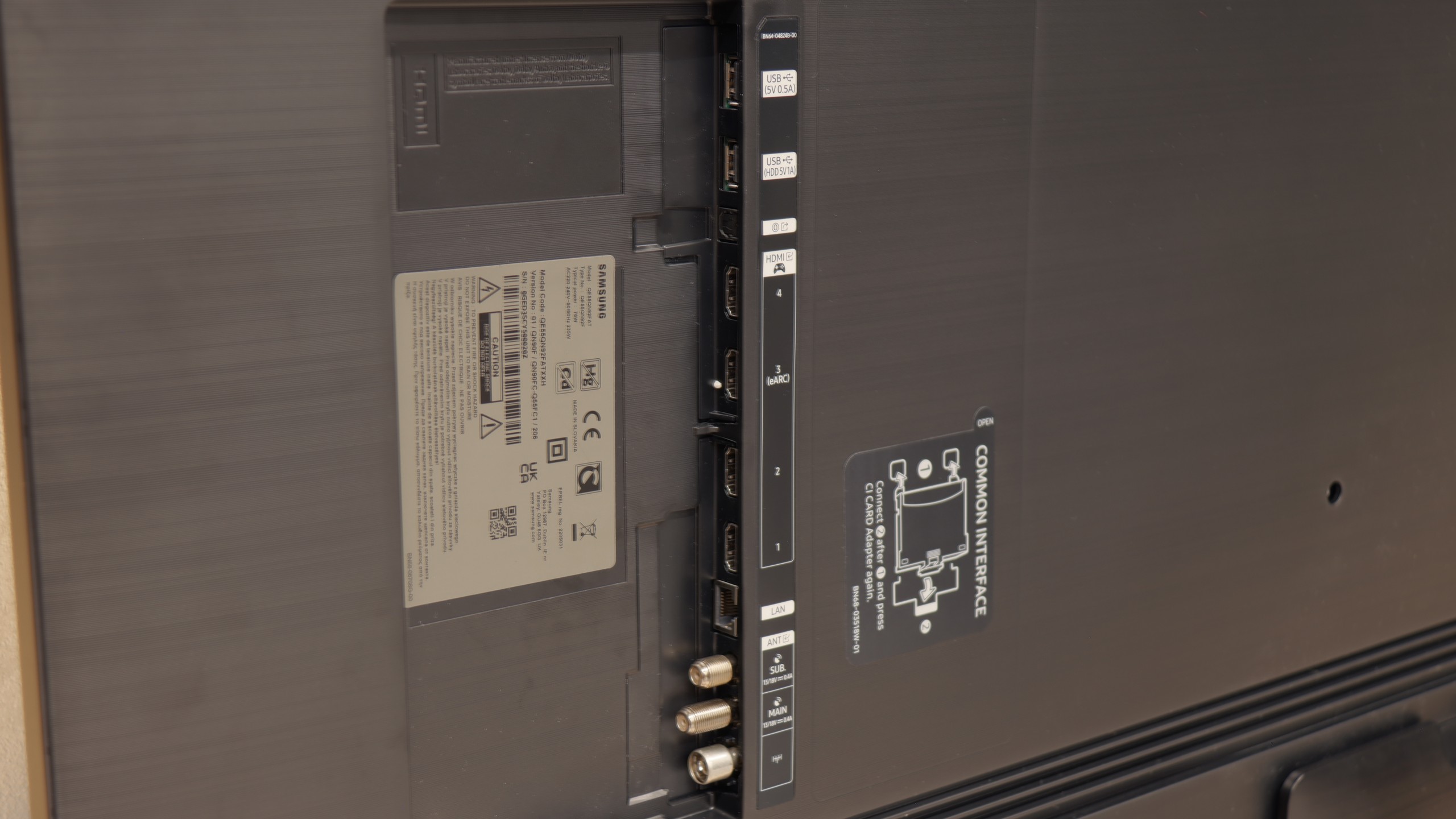
The Samsung QN92D television features a modern Tizen operating system, which offers users an intuitive and visually appealing environment. Tizen ensures smooth and fast navigation through applications, significantly enhancing the comfort of using the television. With an extensive ecosystem, users can easily connect the QN92D to other devices. The television supports many features that make everyday use easier, such as controlling set-top boxes with the remote, eliminating the need for multiple remotes. With AirPlay functionality, Apple device users can effortlessly stream multimedia from their iPhone. Additionally, there is a remote PC feature that allows users to access their computer on a large screen, as well as the Office 365 application, making the QN92D an ideal solution for both work and entertainment.
Furthermore, like many Samsung televisions, the QN92D offers Ambient Mode, which allows users to customise the appearance of the television to blend in with its surroundings. Users can display a variety of images or information, turning the television into an elegant part of the interior decor, even when not in use. Speaking of decor, it’s certainly worth mentioning the device's appearance. It is really very slim, around 2cm at its thickest point, which is impressive. The metal frame definitely gives the impression of a premium device, and the stand included in the box is sturdy.
However, for those using traditional television, the QN92D may prove to be a bit disappointing, as there is no television programme recording function available in the Polish market. Nevertheless, the television offers a Picture-in-Picture (PiP) feature that allows for simultaneous viewing of two programmes at the same time. The Samsung QN92D is a television with rich functionality that caters to both gaming enthusiasts and multimedia users, and it aesthetically fits into modern interiors.
Smart TV Features: Tizen
Samsung has been developing its Tizen system for years, and in the QN90F, it shows that it has reached a point where it's really hard to nitpick. The system runs smoothly, responds quickly to commands, and doesn't struggle with more demanding applications. If someone uses an iPhone – there's AirPlay and screen mirroring. If someone has an Android phone – there won’t be any problems either. Additionally, there's a voice assistant that understands commands in several languages, including Polish, so you can play a movie or change the channel without reaching for the remote. An interesting feature is the integration with Microsoft's Coopilot and AI functions, but SmartThings proves to be much more practical – thanks to it, the TV can become the centre of the home ecosystem, connecting not only Samsung devices but also, for example, Philips Hue bulbs.
Classic Features
The QN90F can also serve as a regular television. While we can forget about USB recording, we do get PIP mode, which is picture-in-picture – a function that's rarely seen these days. With it, you can follow a match and a series simultaneously, which can save the evening in many households. Also, there's a clear EPG guide and a small remote that charges with light (so no batteries are needed) and can take control of the decoder, soundbar, or even a console. It may not be the most advanced on the market, but it proves to be simply convenient in everyday use.
Playing files from USB
9.1/10
9.1/10
Supported photo formats:
Maximum photo resolution:

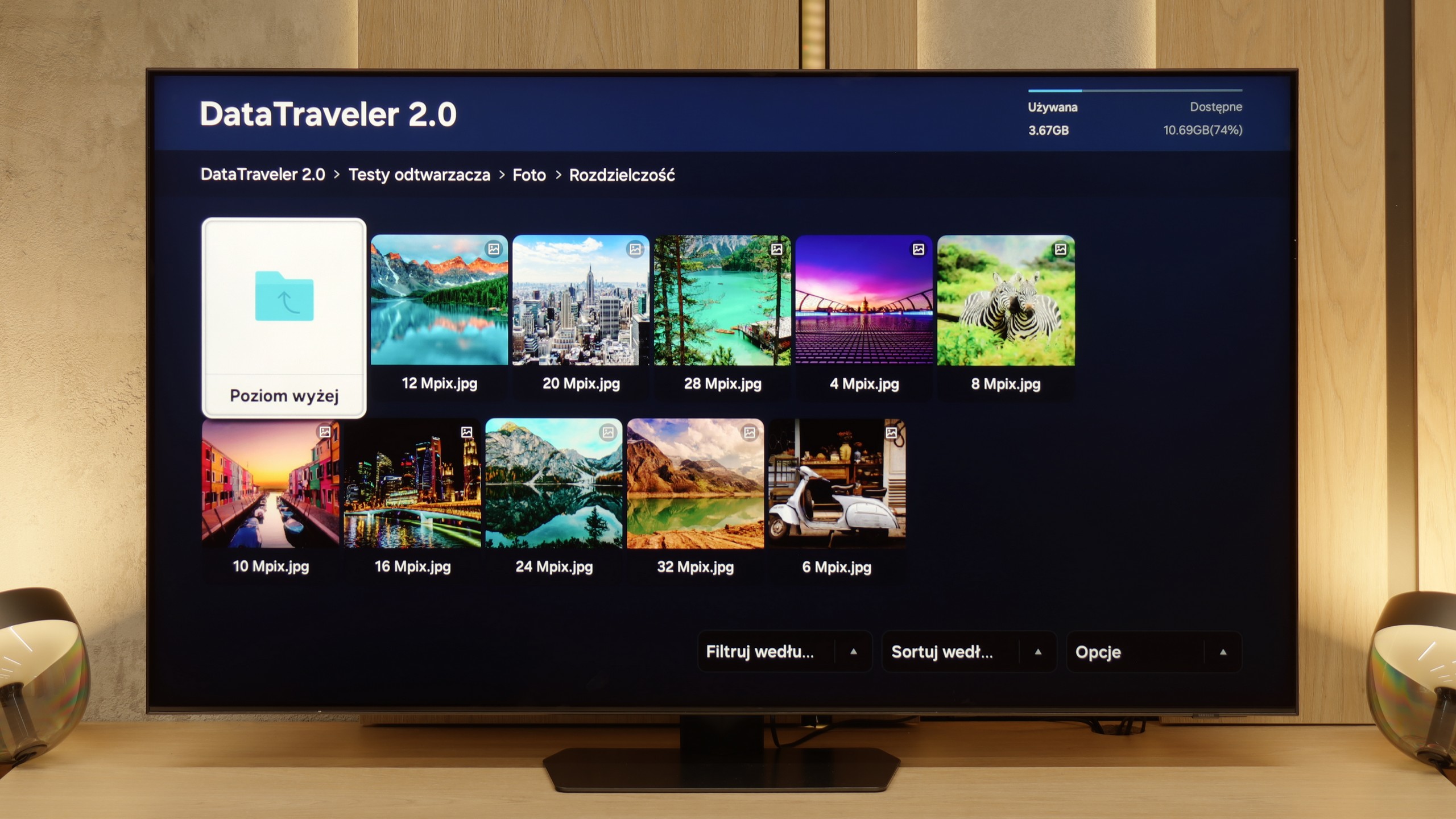
The built-in player in QN90D should satisfy a large portion of users. It will easily handle most popular video and audio formats. However, more demanding users may notice some shortcomings – it is not possible to play photos in HEIC format, which is popular on Apple devices, as well as several other, less common photo formats.
The built-in media player on the QN90F performs quite well. It supports most popular audio and video formats and can also easily play graphic files such as JPEG and PNG. The problem arises with HEIC files – a kind of high-quality photo standard used in iPhones. In theory, the television should support them, as they are listed among the compatible formats, but in practice, trying to open a HEIC file can freeze the entire system and force a power reset. It’s a bit of an odd situation and another small glitch that shouldn't happen in equipment of this caliber. On the other hand, one can be very pleased as it supports most popular audio and video formats.
Apps
8.7/10
8.7/10














































Sound
6.9/10
7.8/10
- Maximum volume-86dB
- Dolby Digital Plus 7.1
- Dolby True HD 7.1
- Dolby Atmos in Dolby Digital Plus (JOC)
- Dolby Atmos in Dolby True HD
- DTS:X in DTS-HD MA
- DTS-HD Master Audio
The television is equipped similarly to the QN95 with a speaker system featuring a 4.2.2 layout with a total power of 70W (the exception is the 50' variant with a 2.2 layout and the 43' with a 2.0 layout). Despite its very slim casing, the television sounds loud and clear, and the overall sound is well balanced. Points were deducted as per standard practice for every other Samsung model for the lack of support for the DTS format. It's also worth mentioning the proprietary Q-Symphony feature, which allows you to synchronise the sound of the television with a Samsung soundbar.
QN90F plays really well. Despite the sleek design of the television, you can sense a slight bass that adds depth to the sound. The speaker system operates in a 4.2.2 configuration and offers a total power of 60 W – for built-in speakers, that's a truly solid result. Moreover, with materials that support Dolby Atmos, one can experience a subtle spatial effect, which works quite well for everyday viewing. Of course, with equipment of this class, it's hard not to recommend an additional soundbar. It's best to opt for one that supports Q-Symphony technology – thanks to it, the television and soundbar play simultaneously, creating a fuller and definitely more cinematic effect.
Acoustic Measurements
No acoustic data
86dBC (Max)
75dBC
